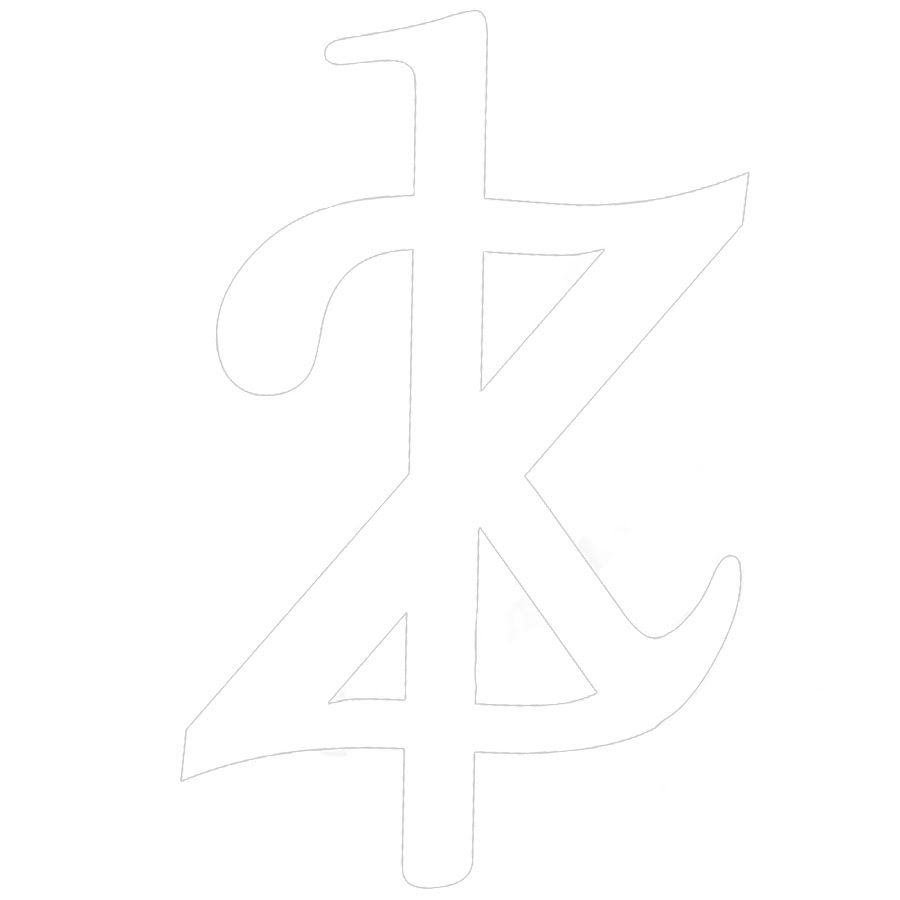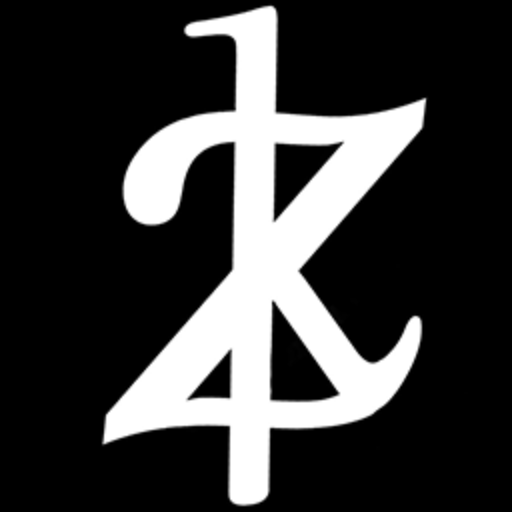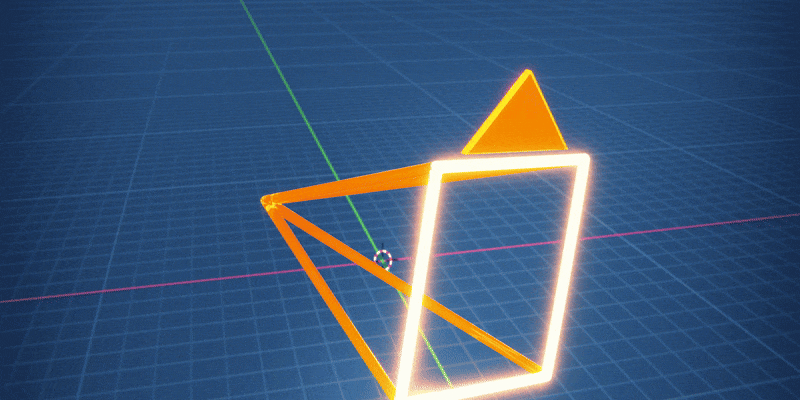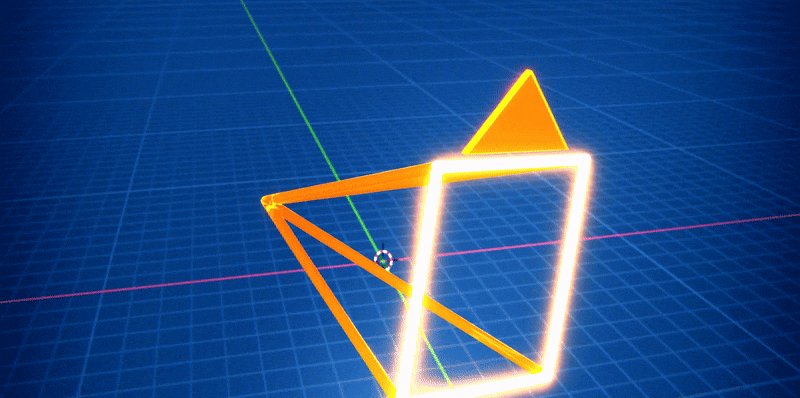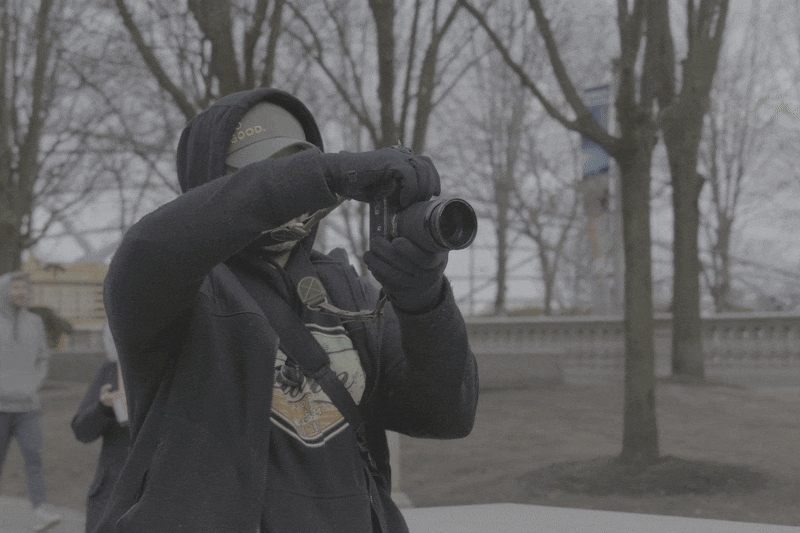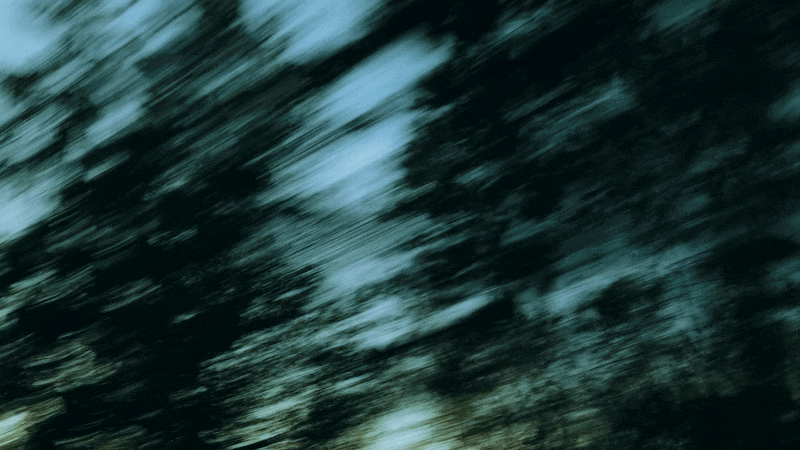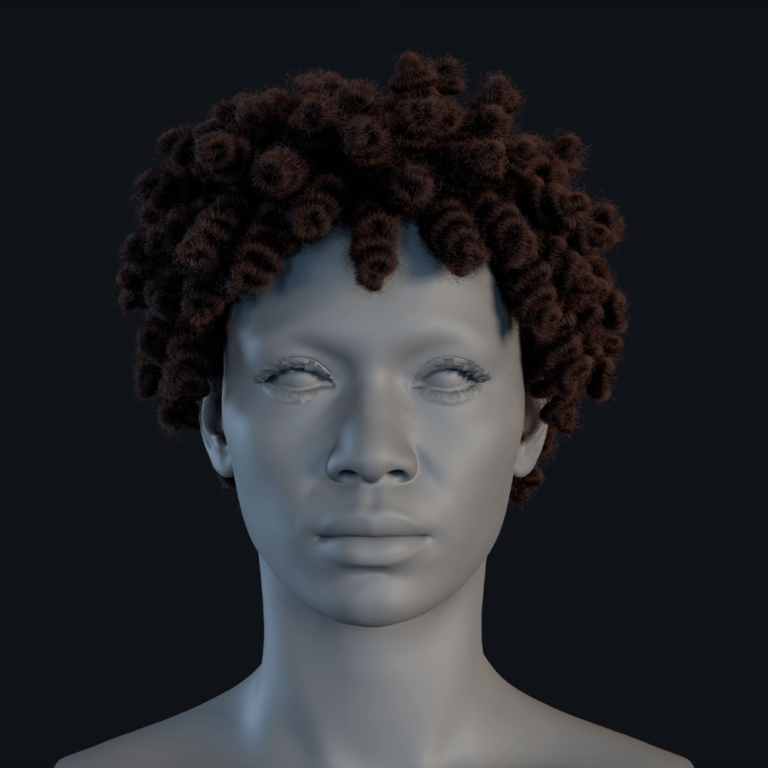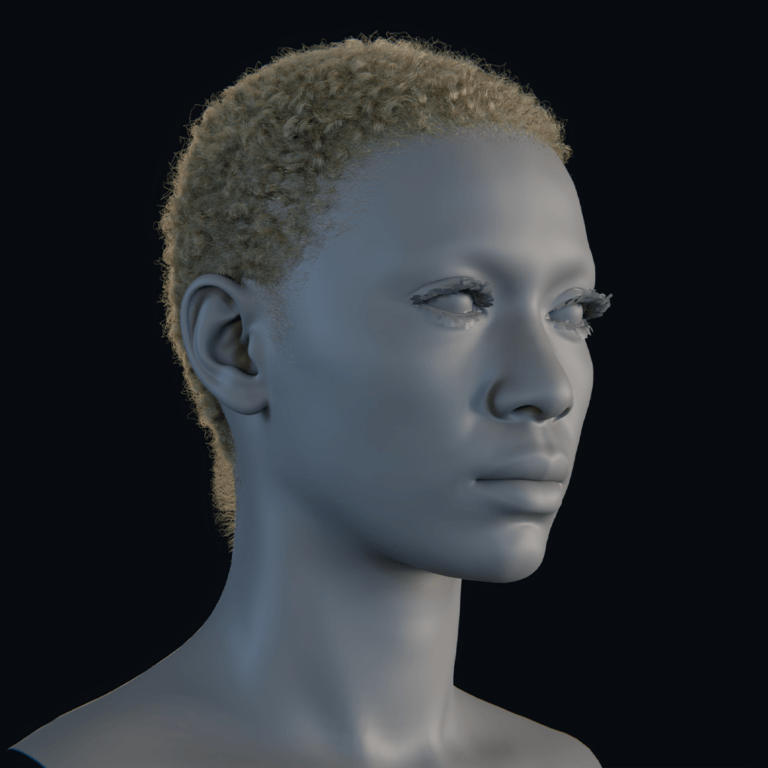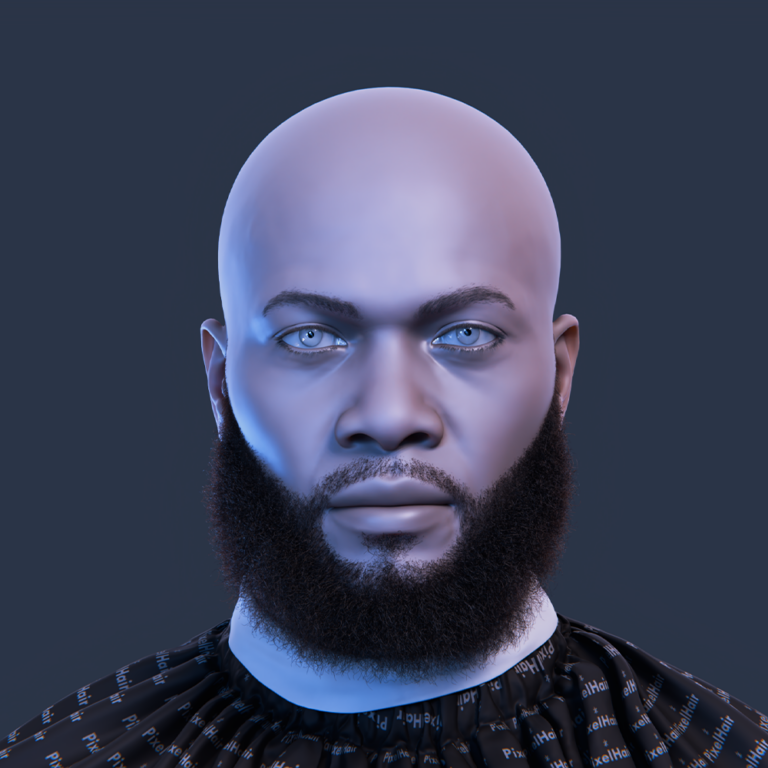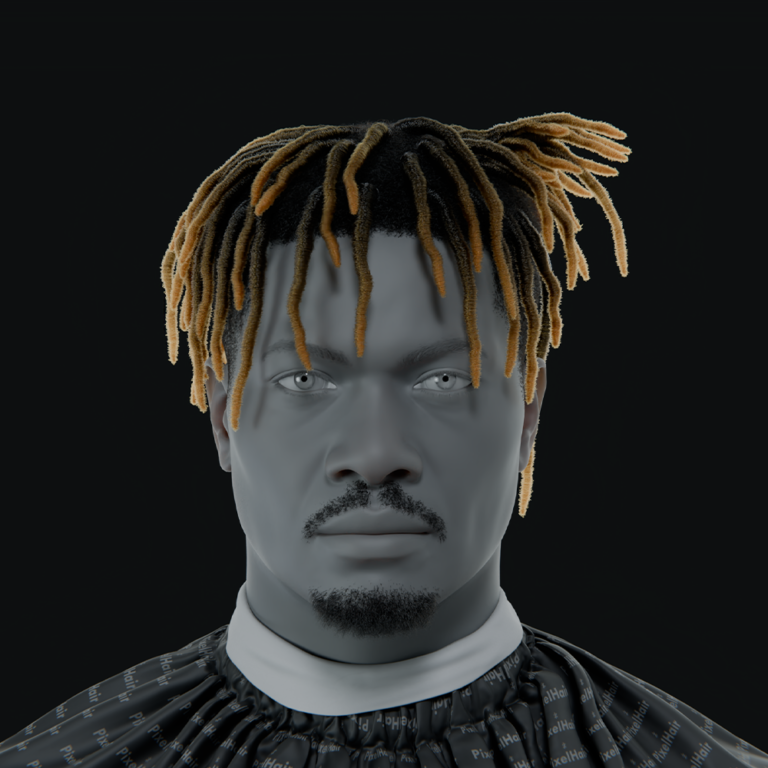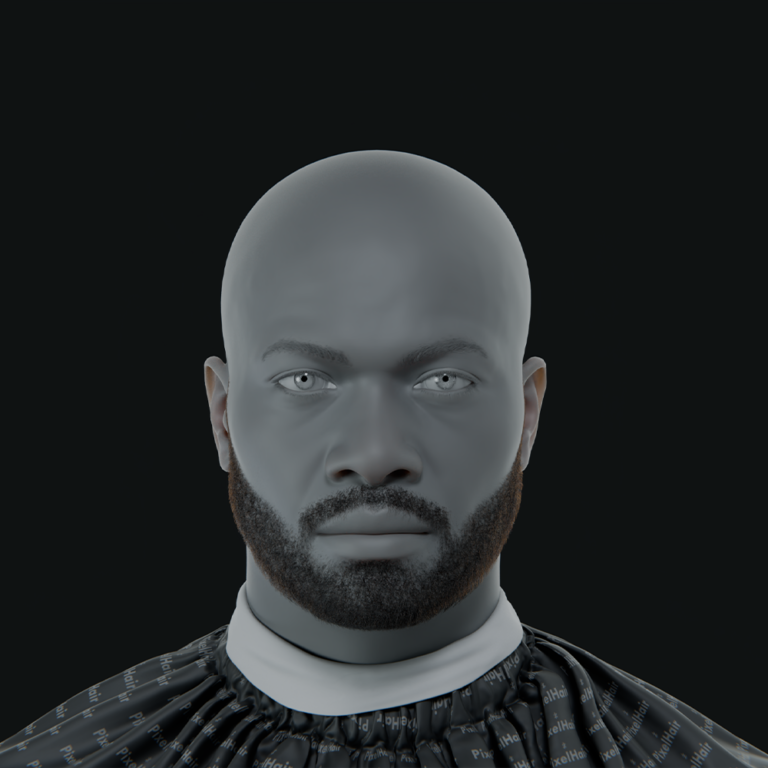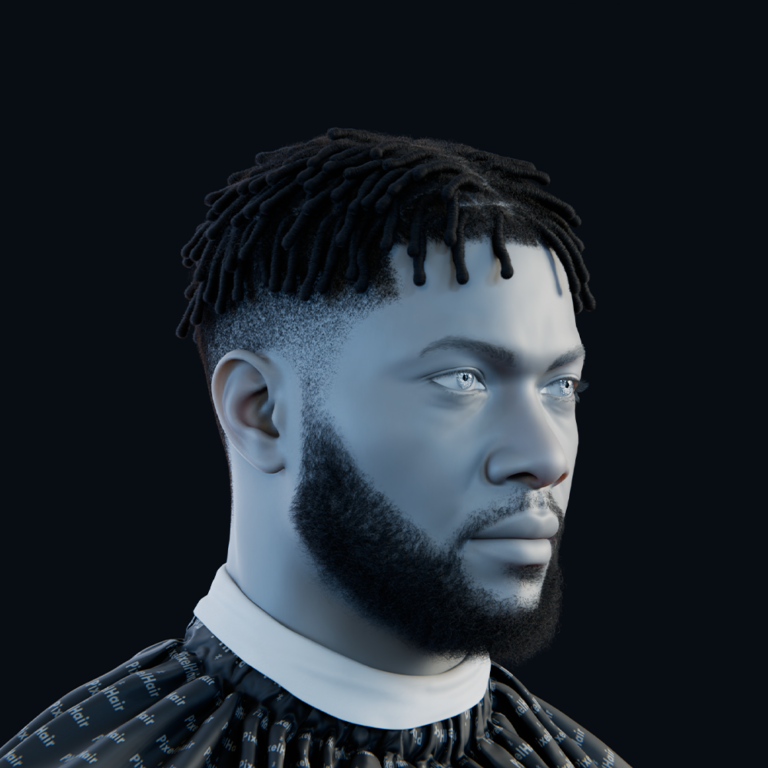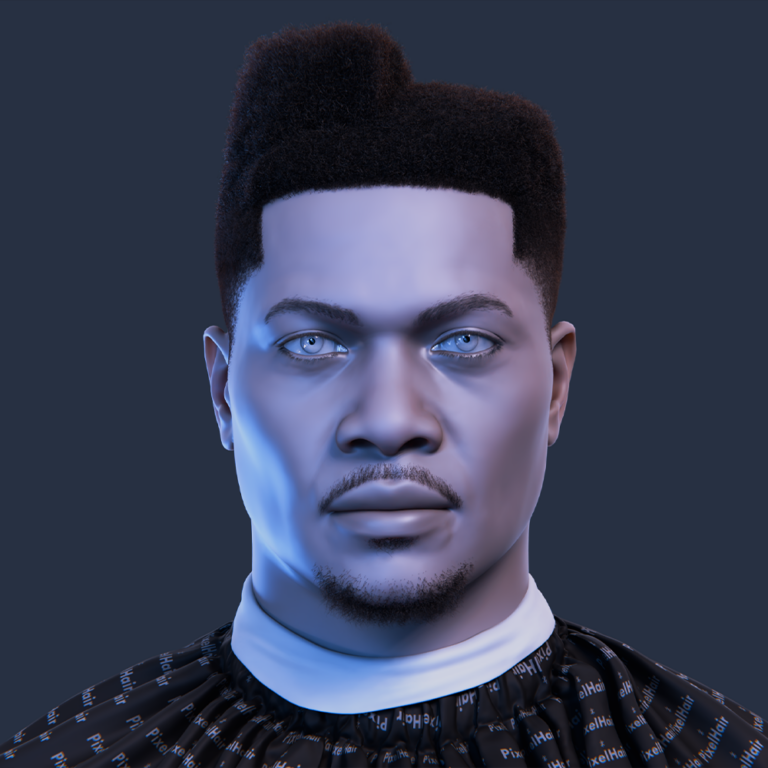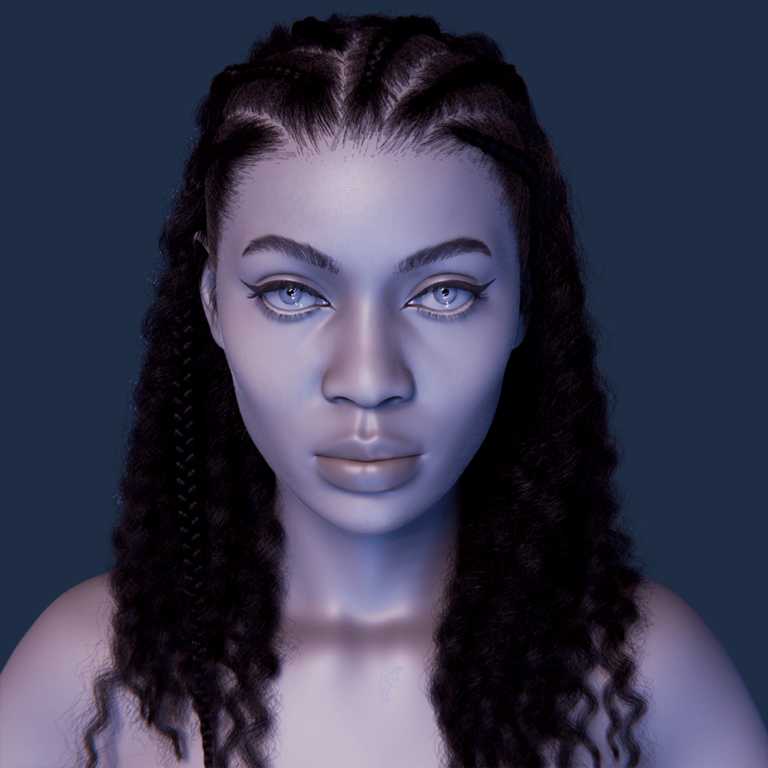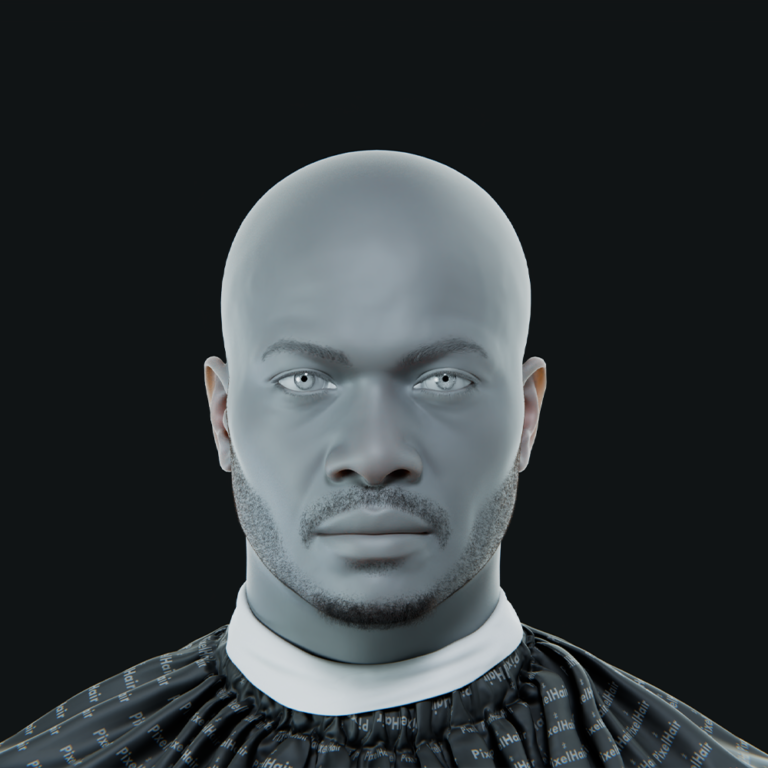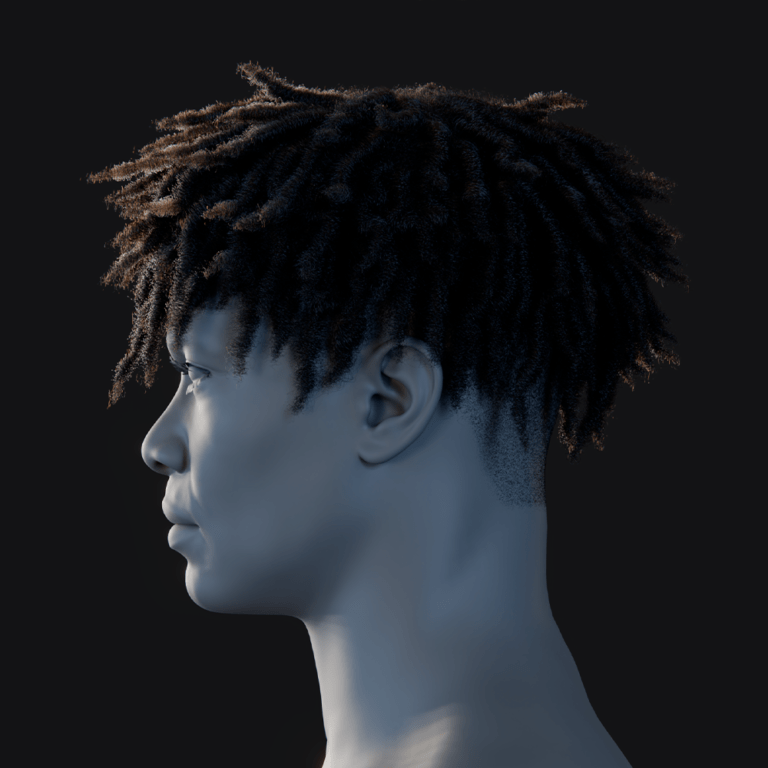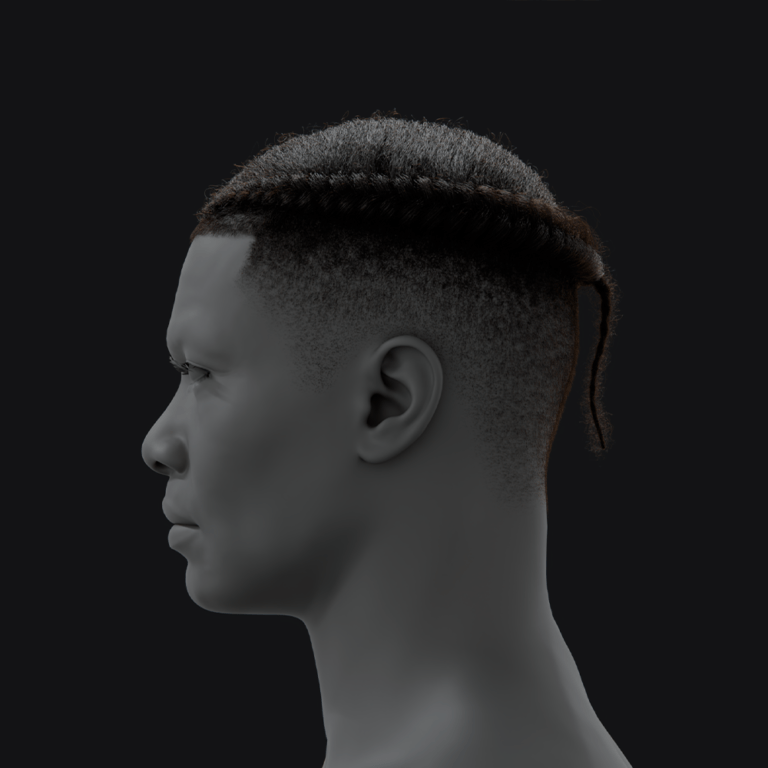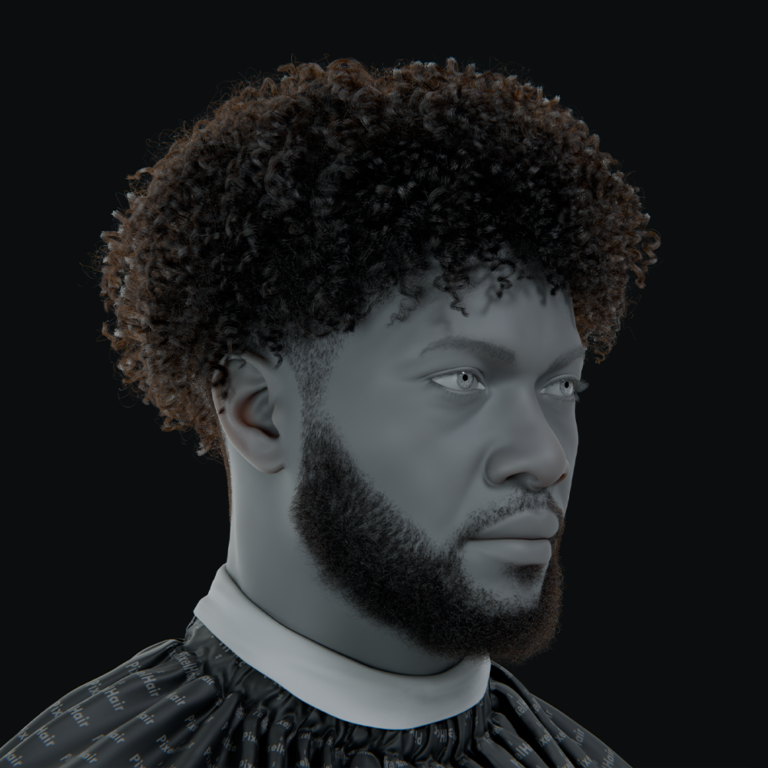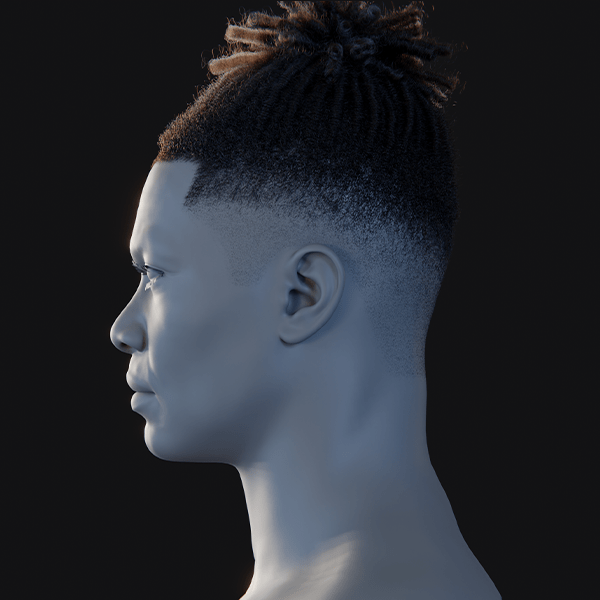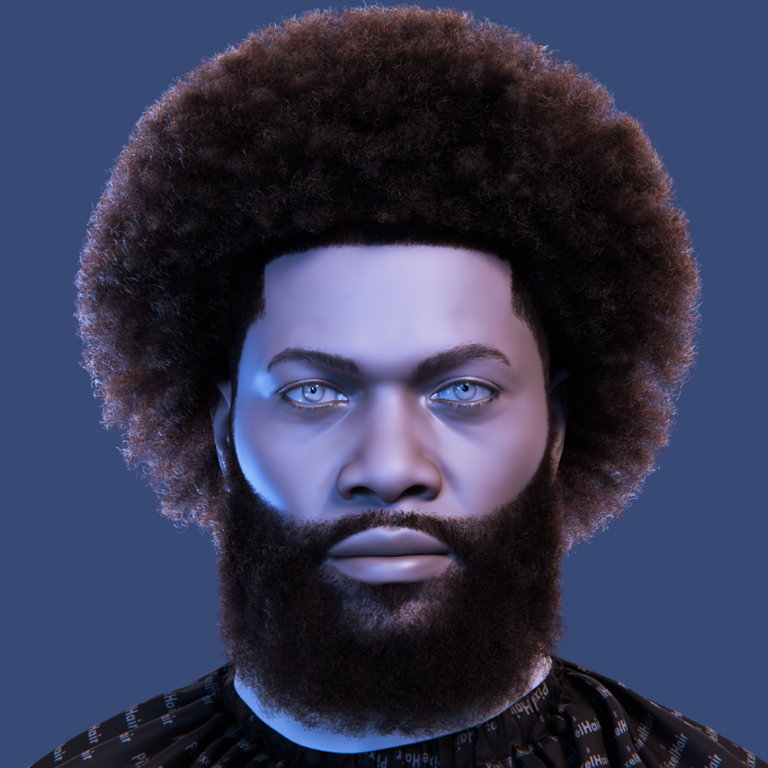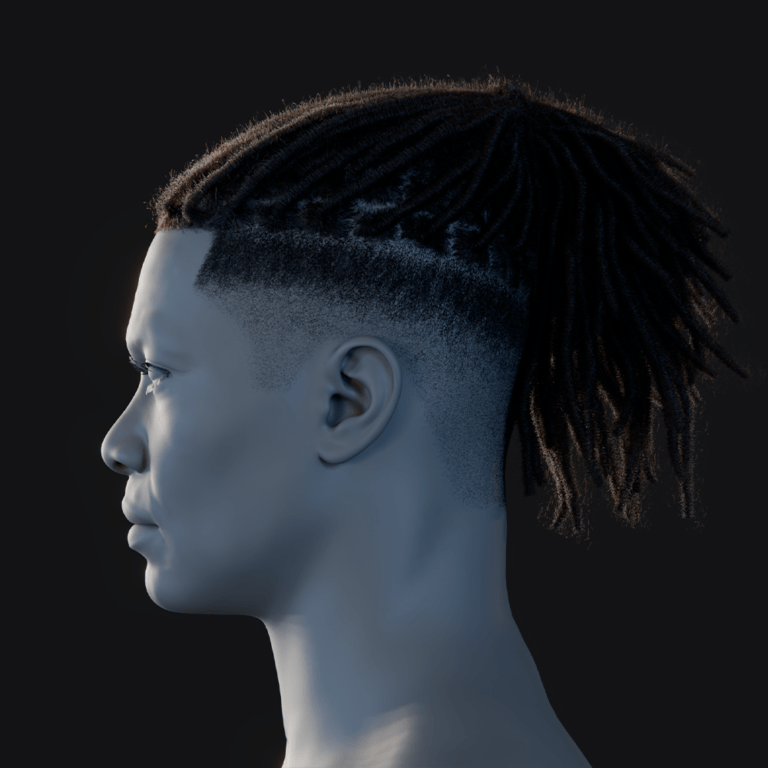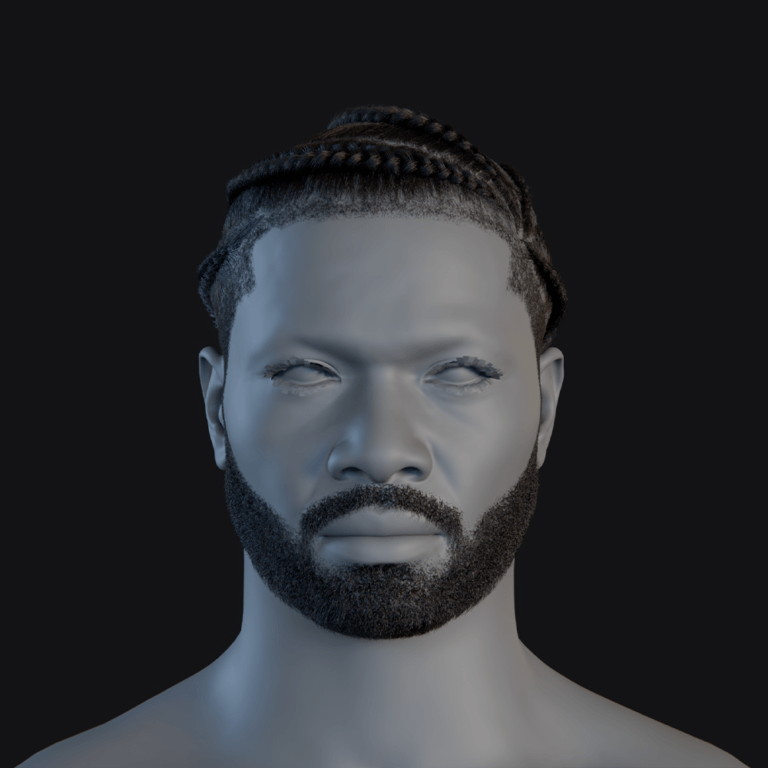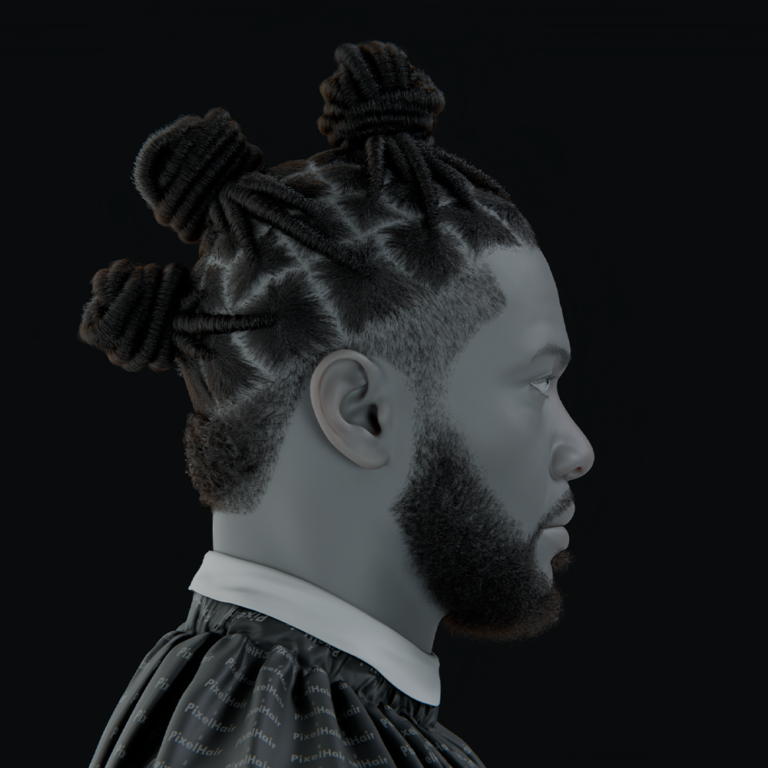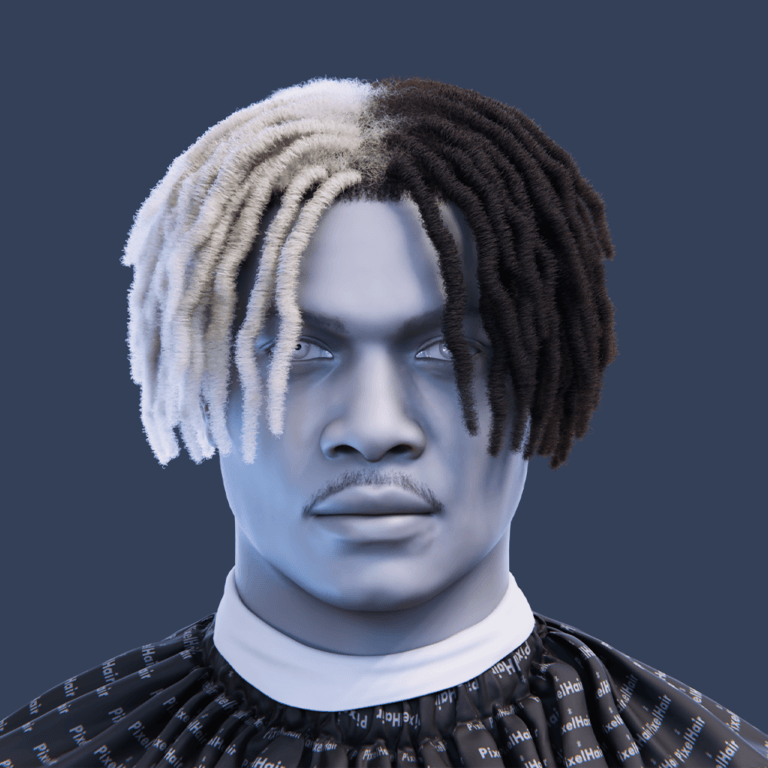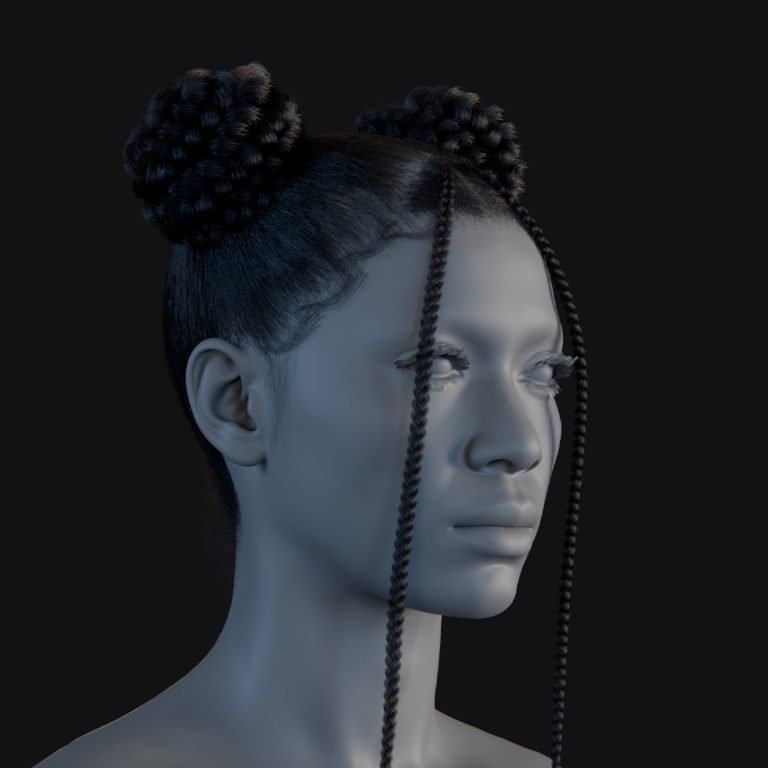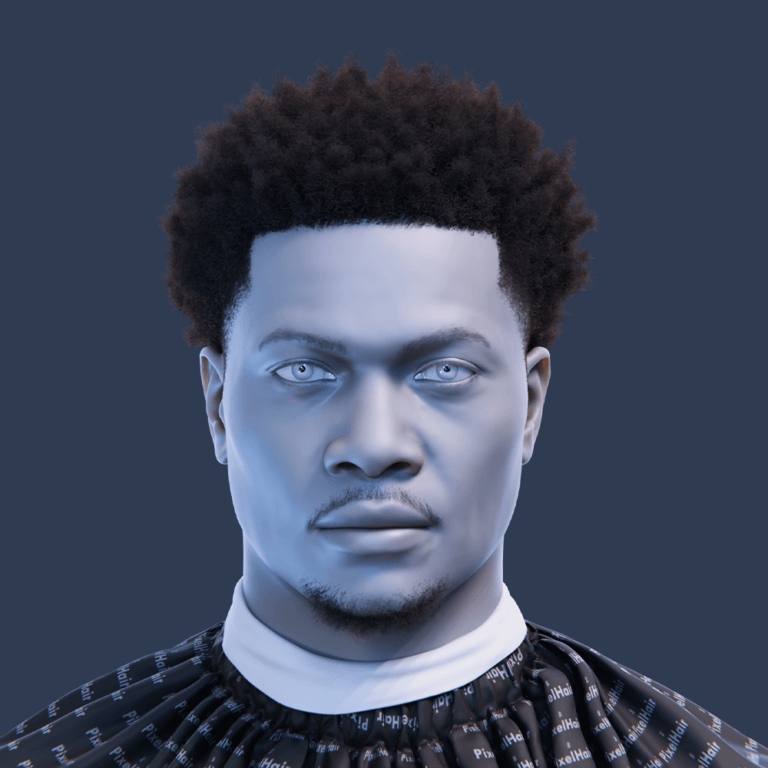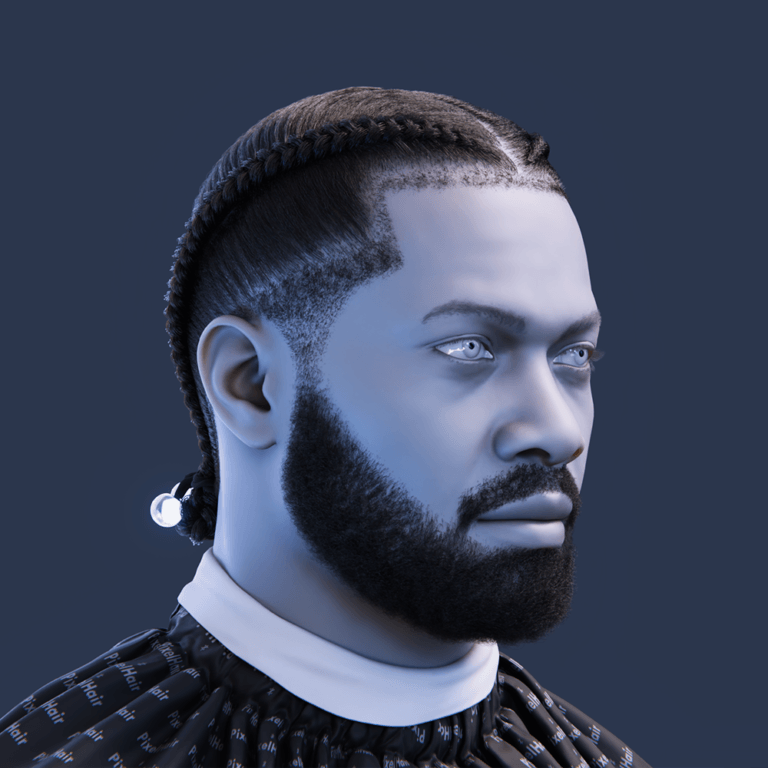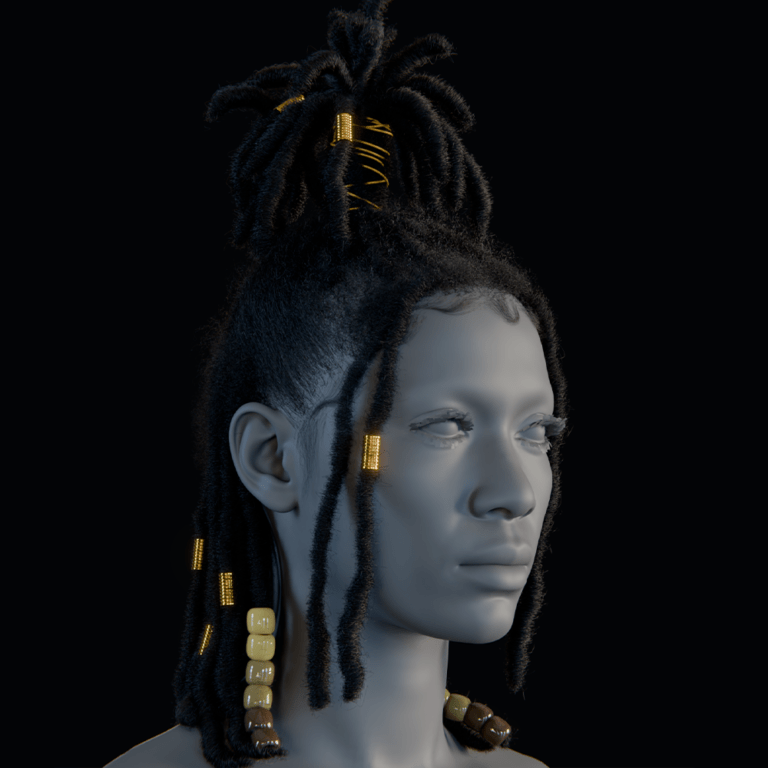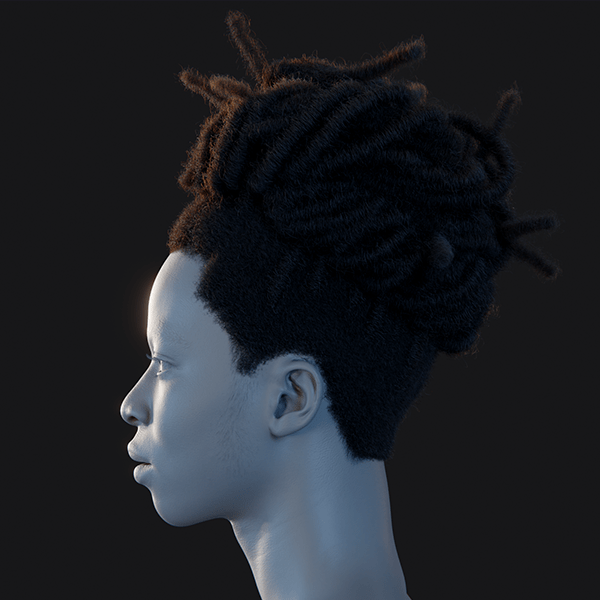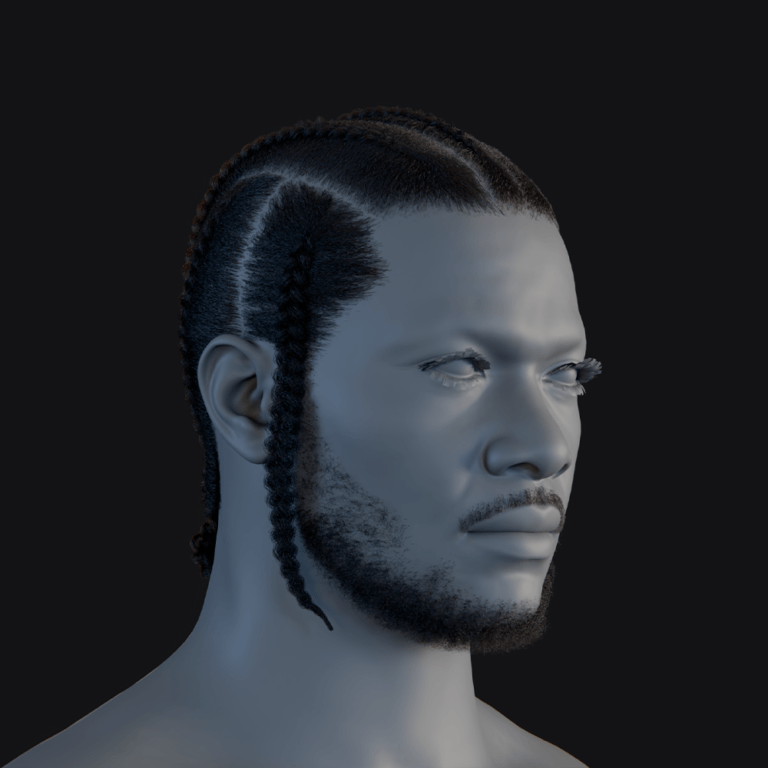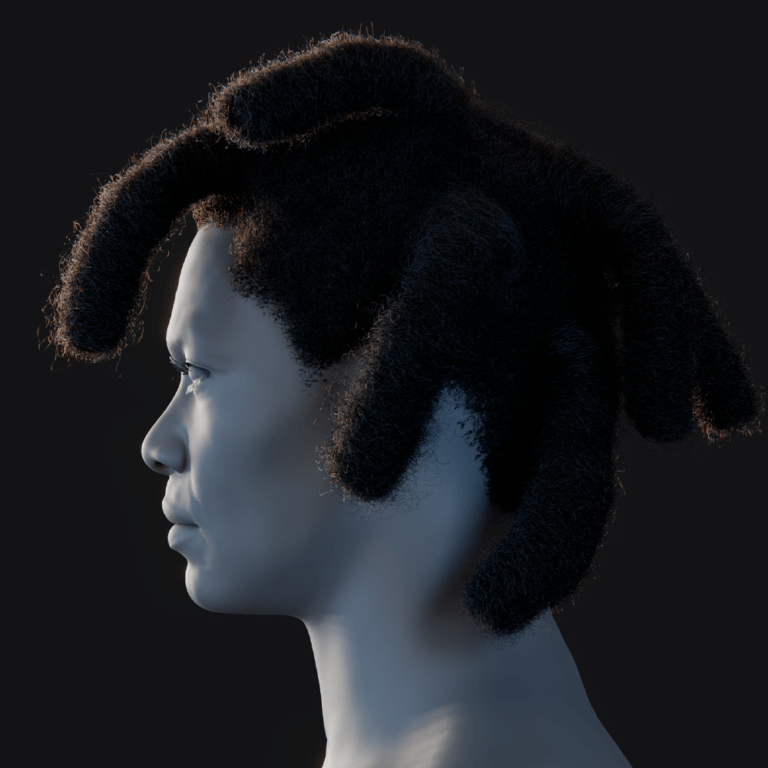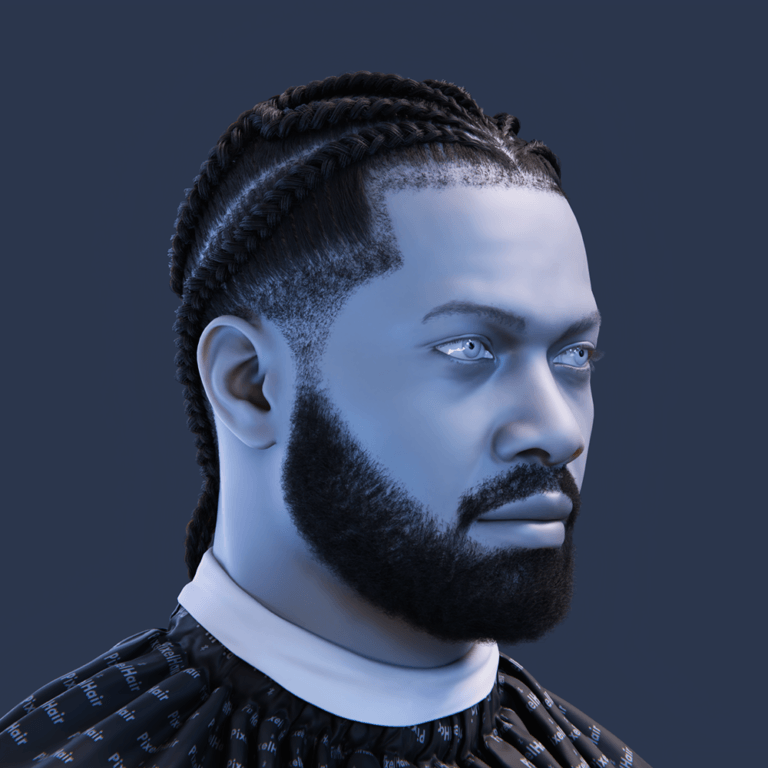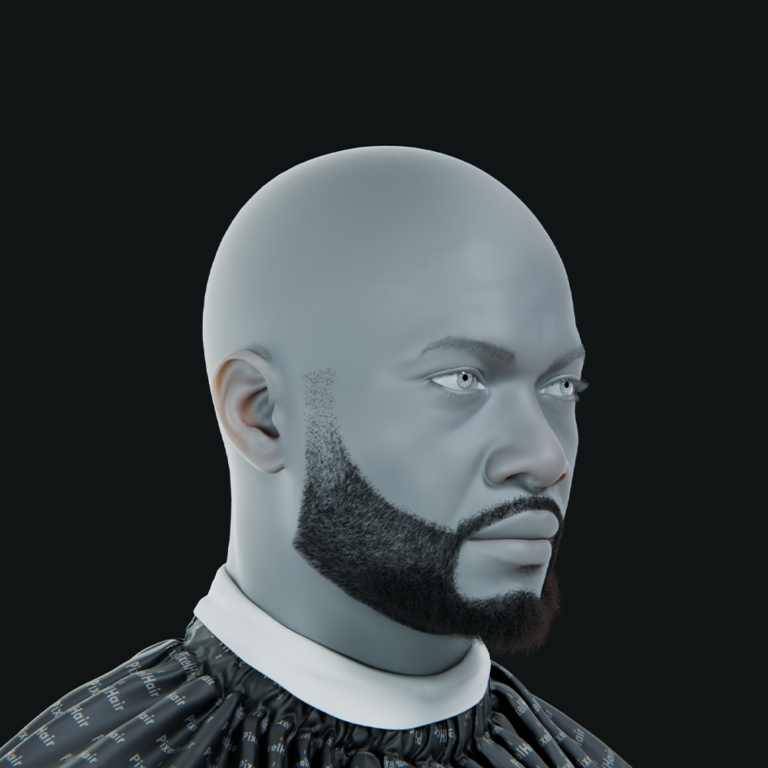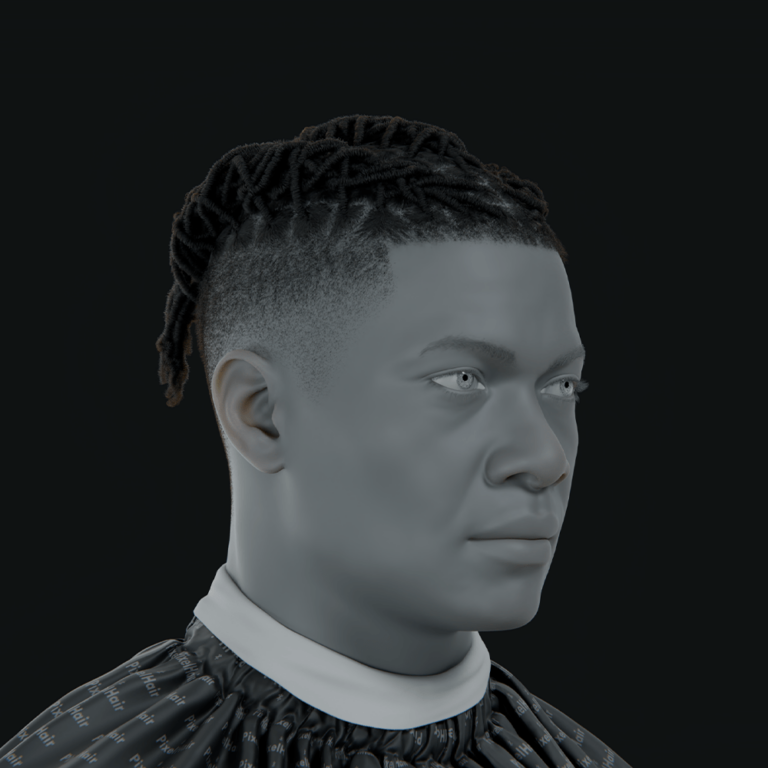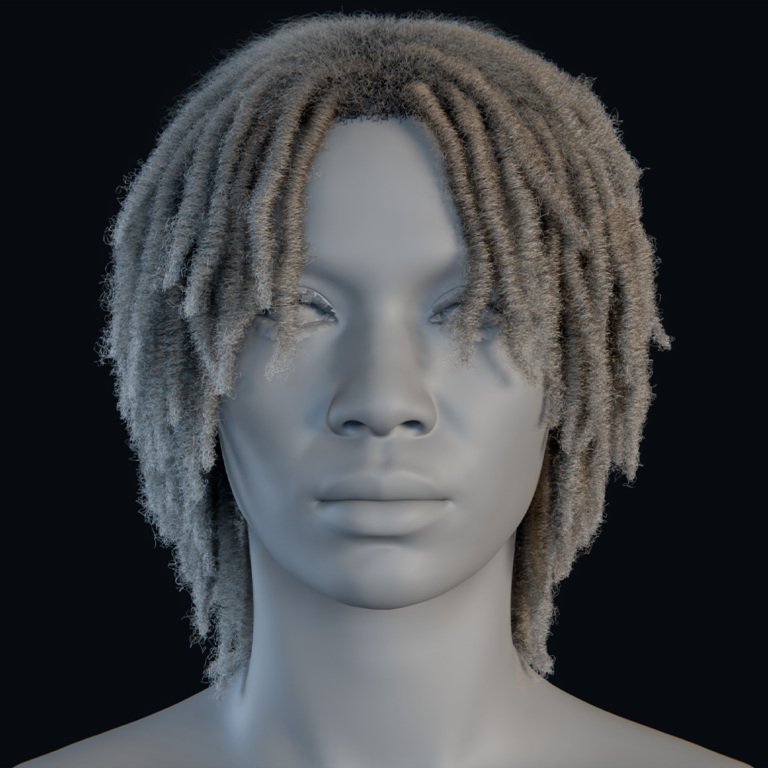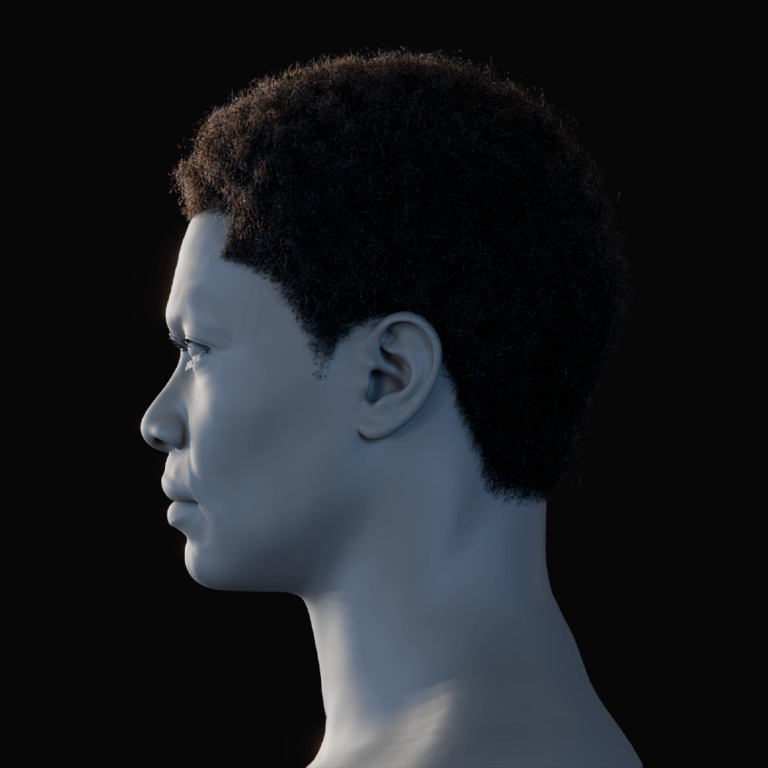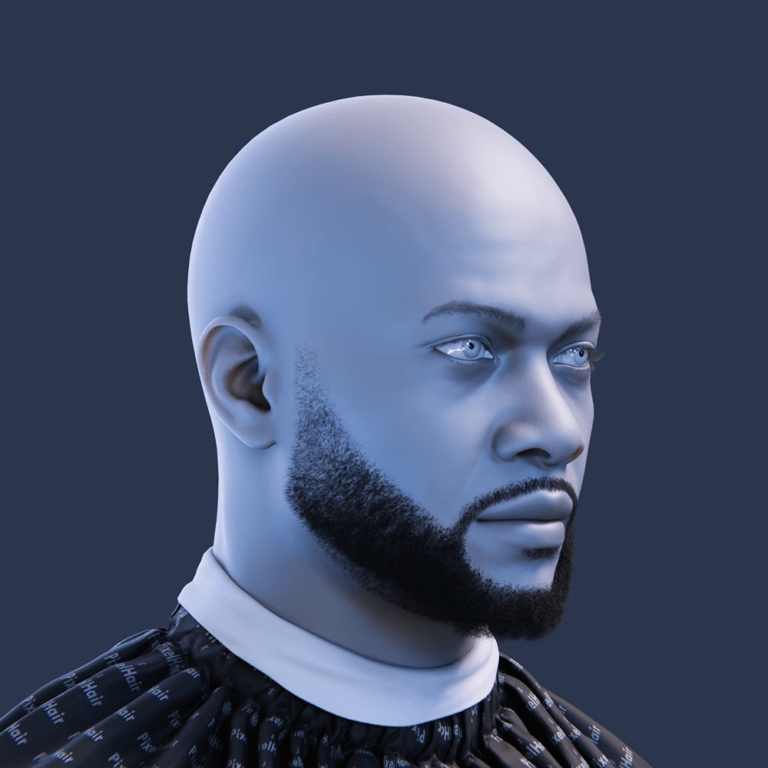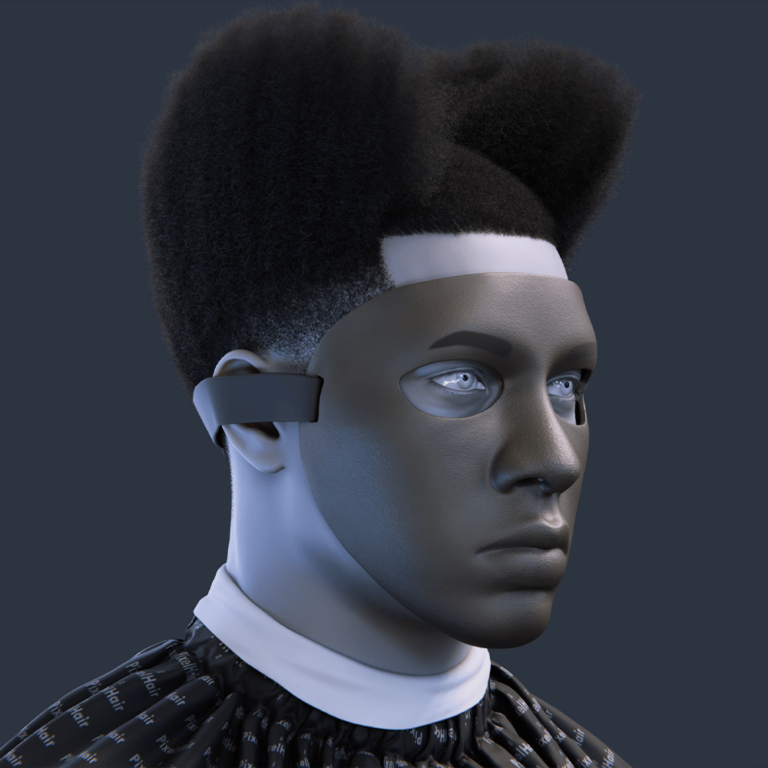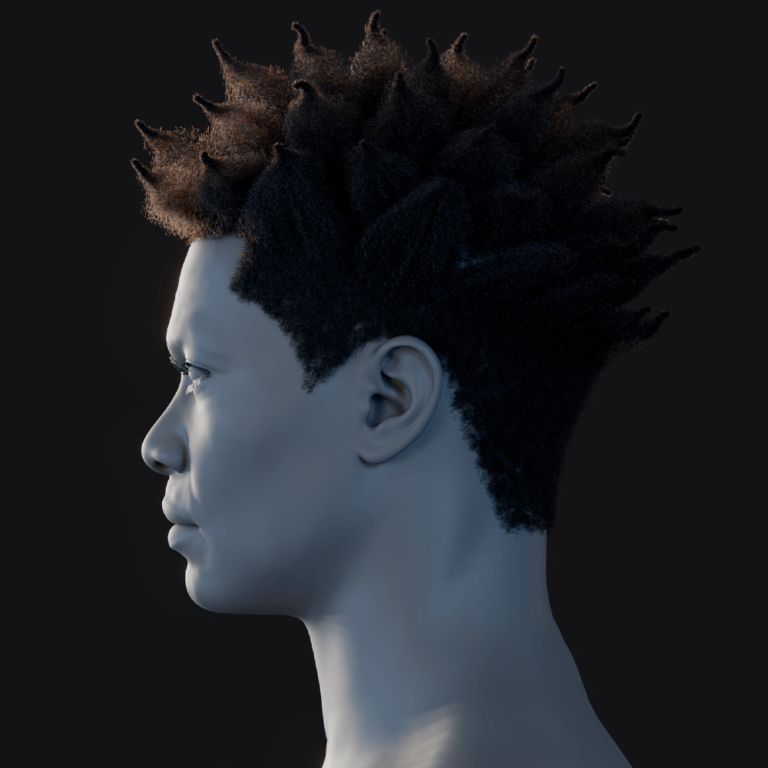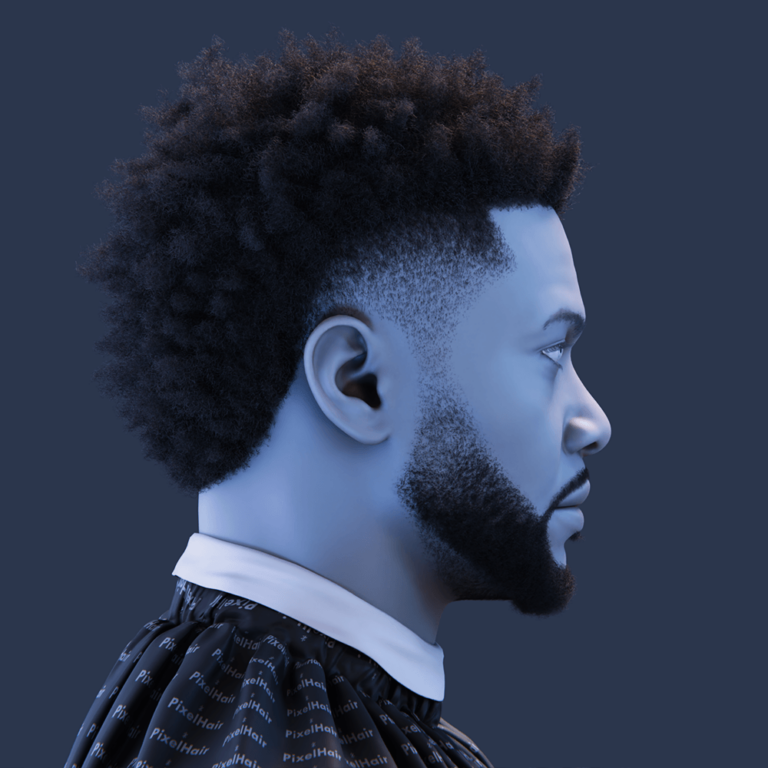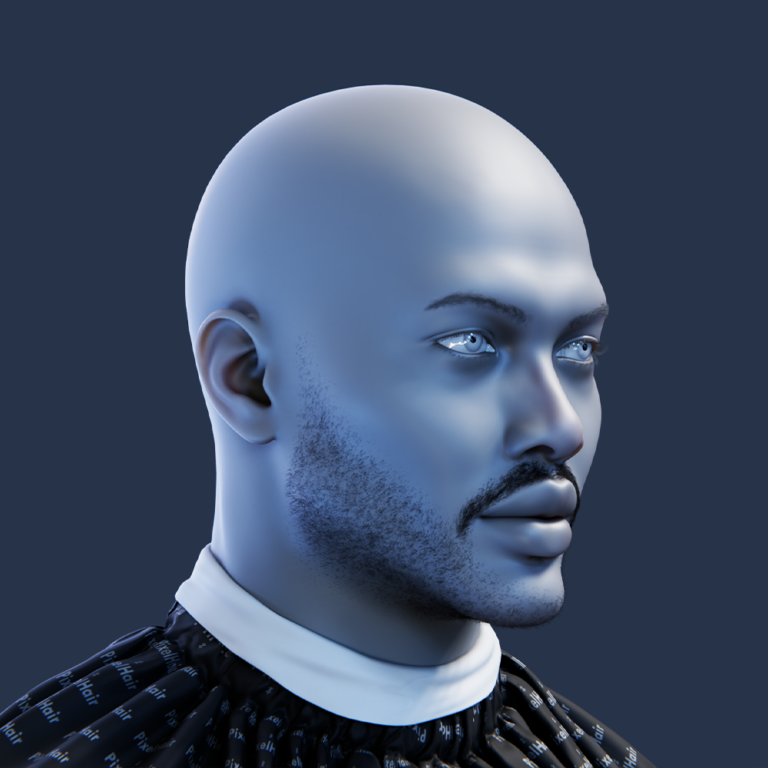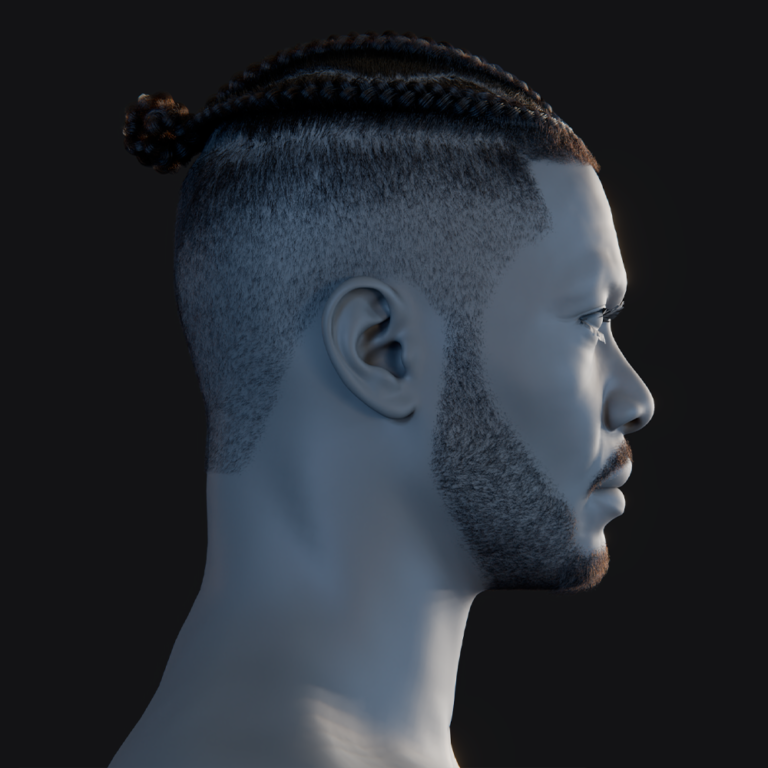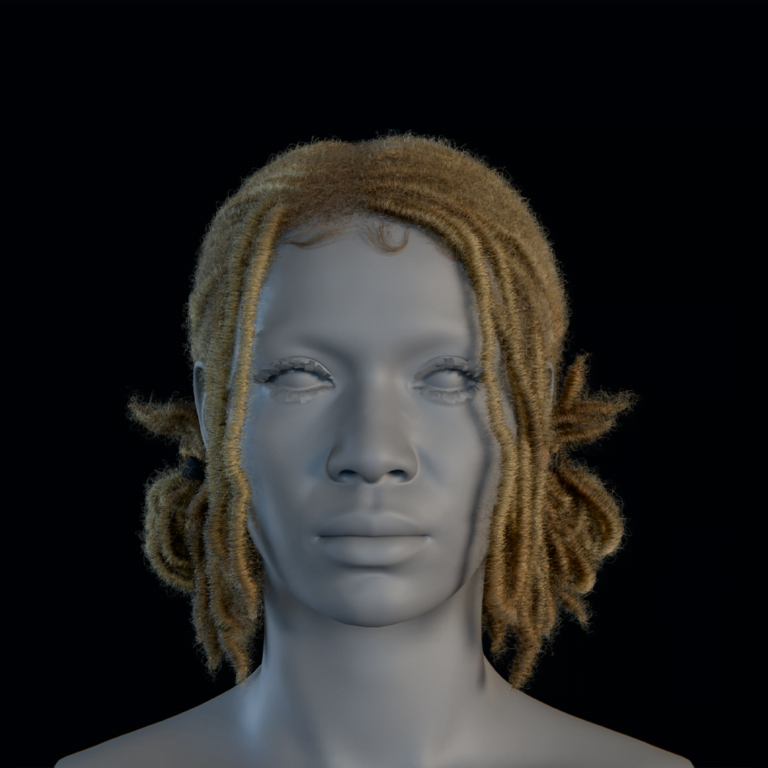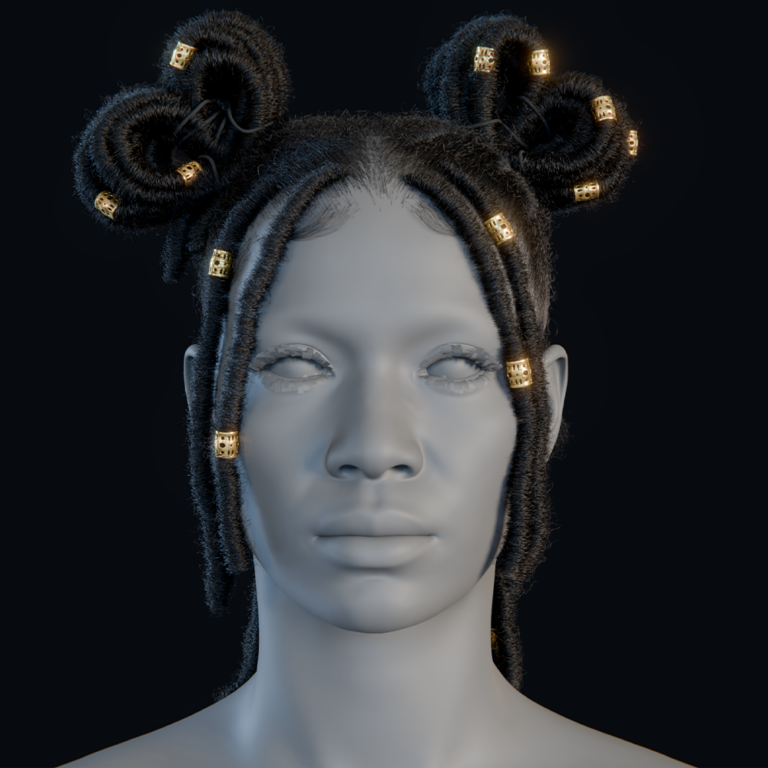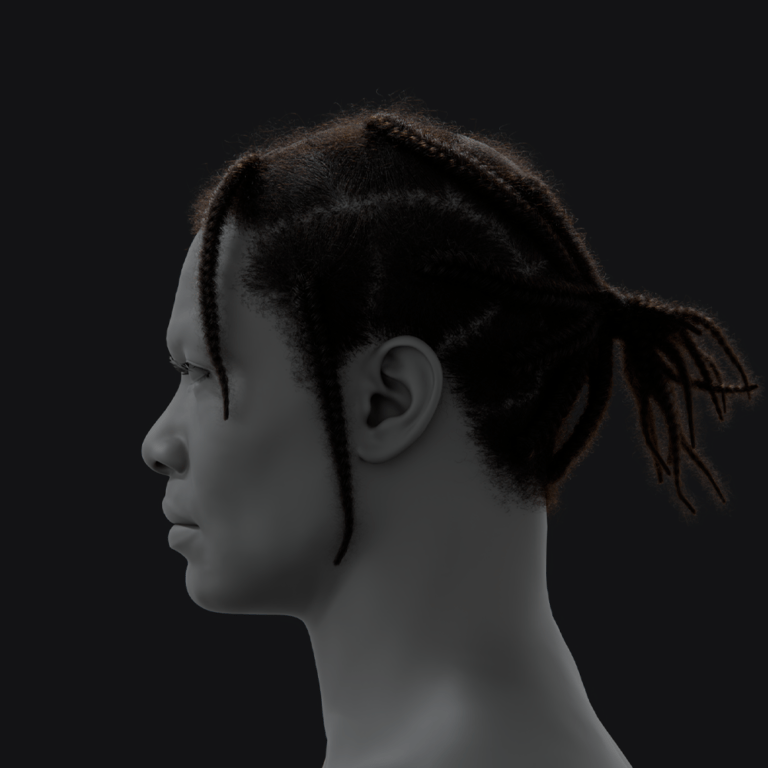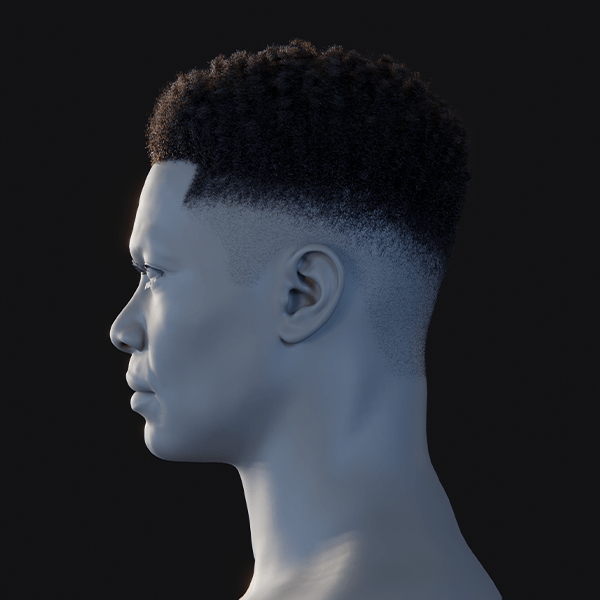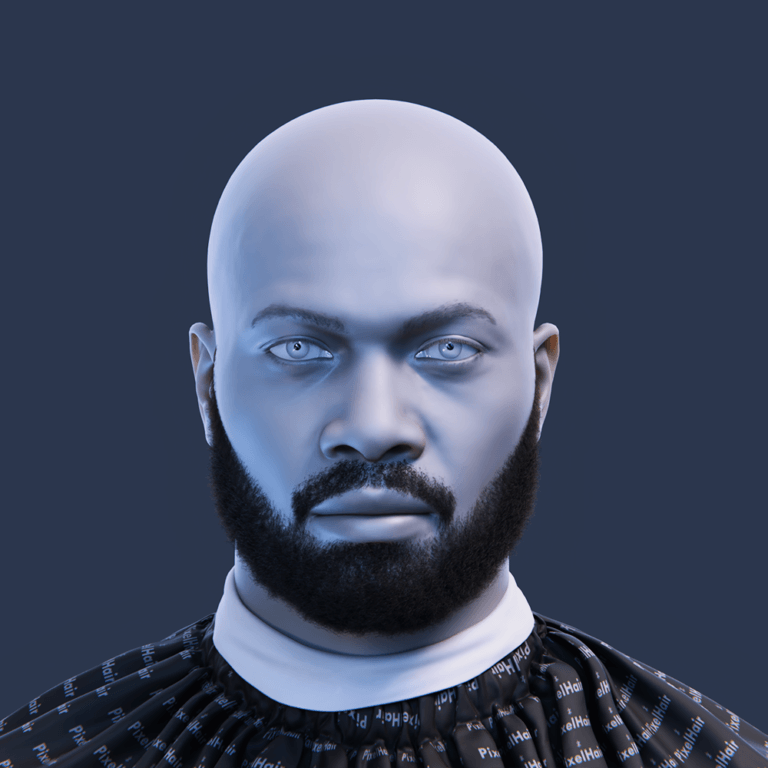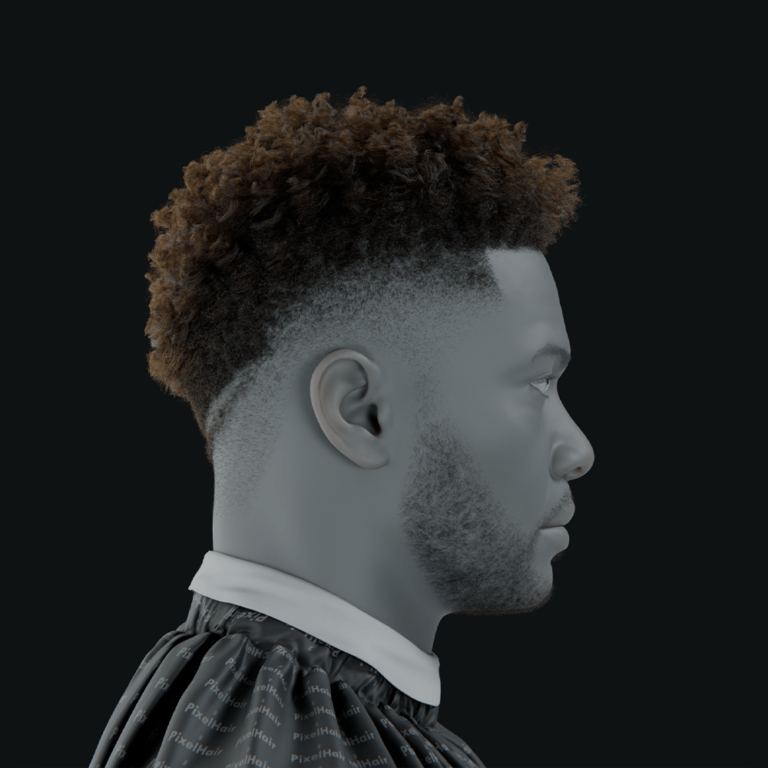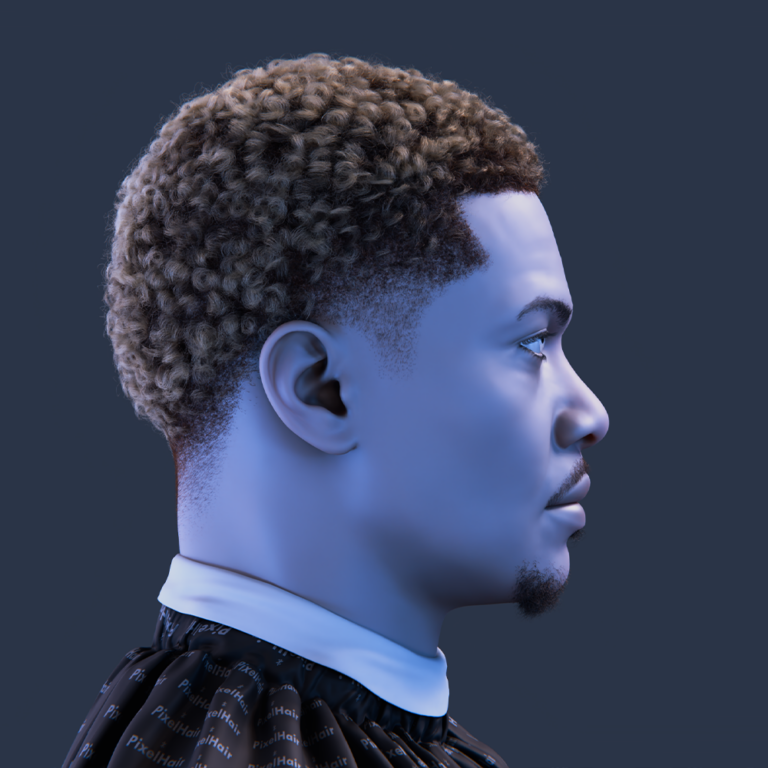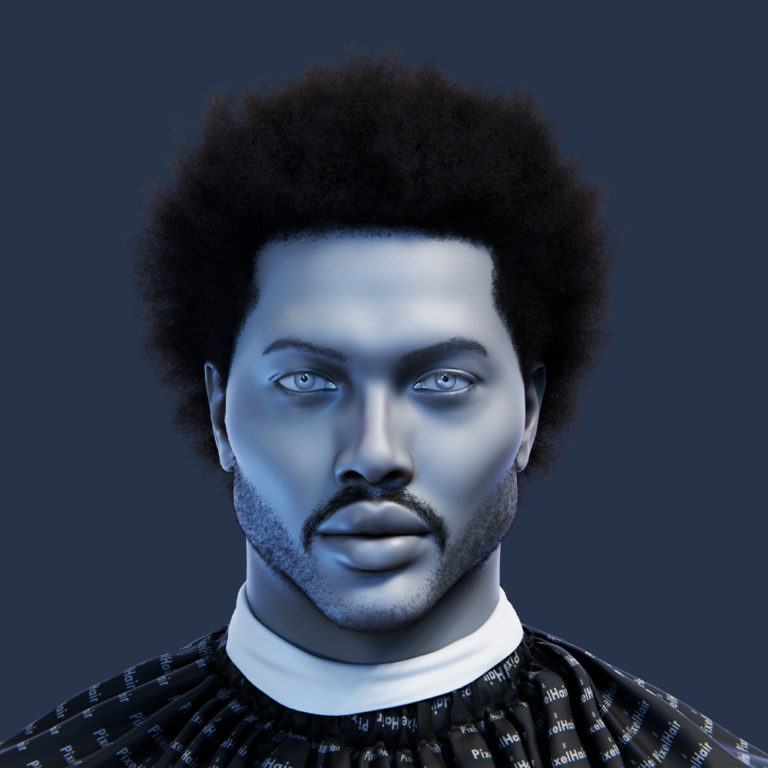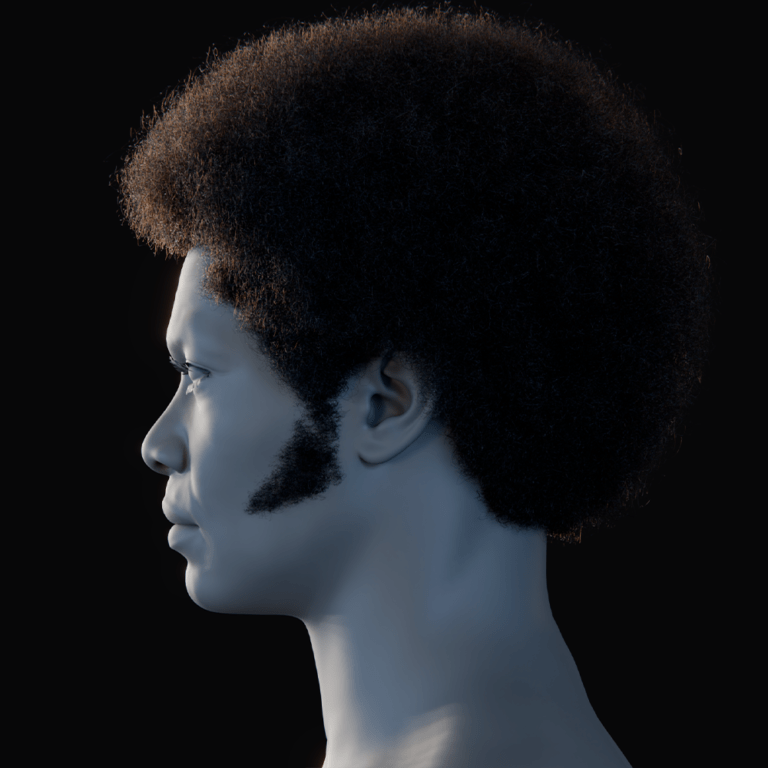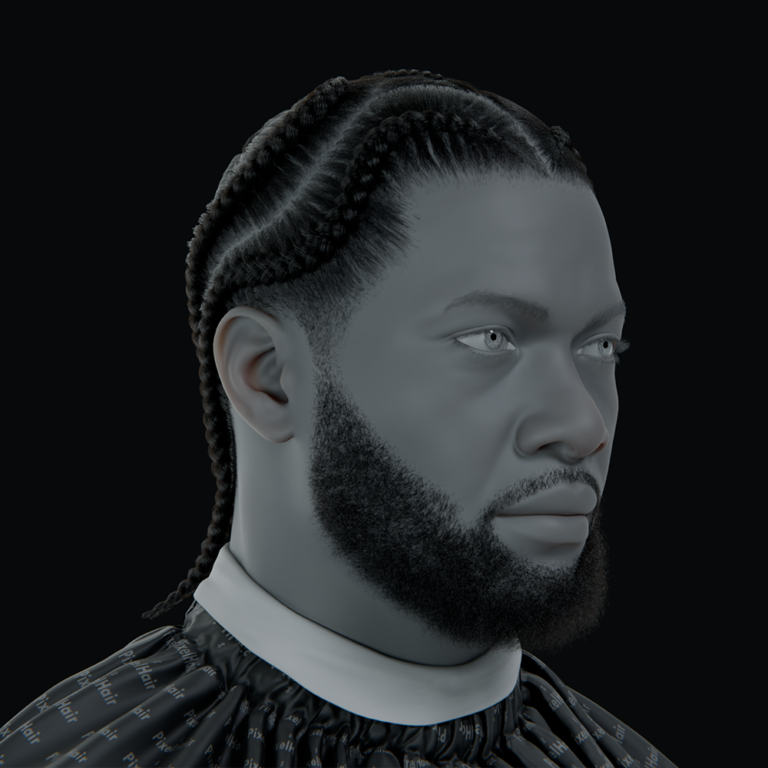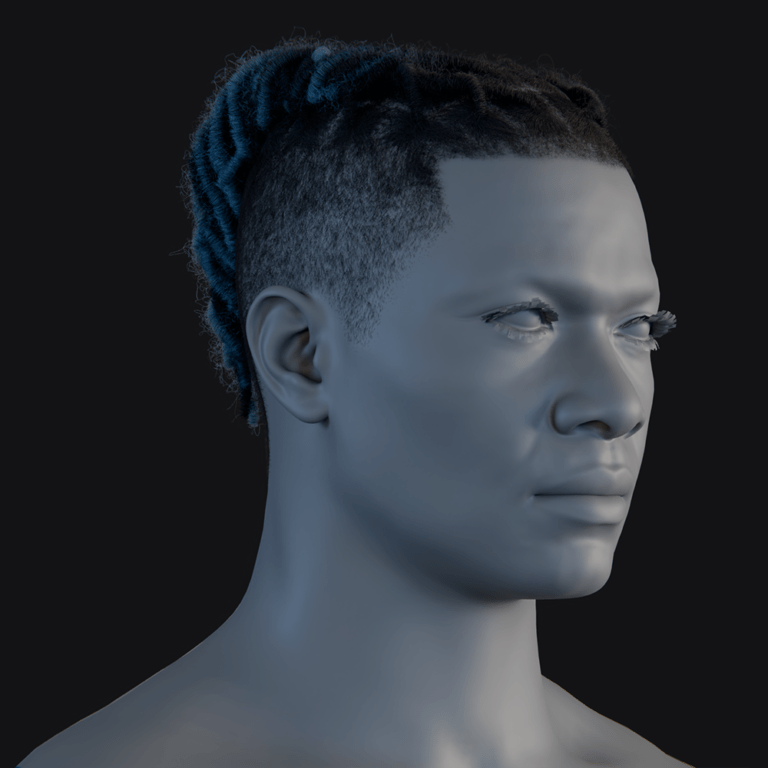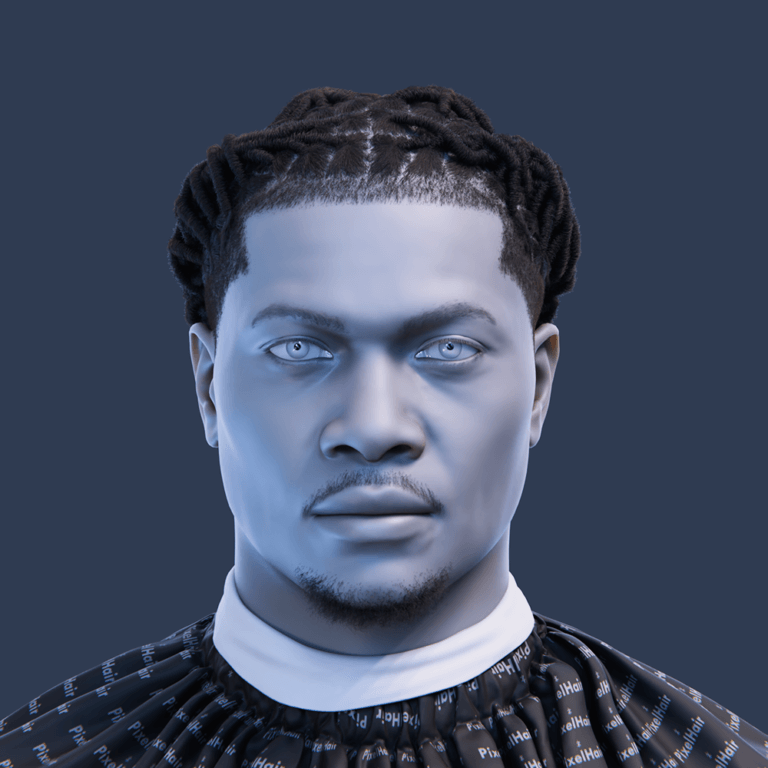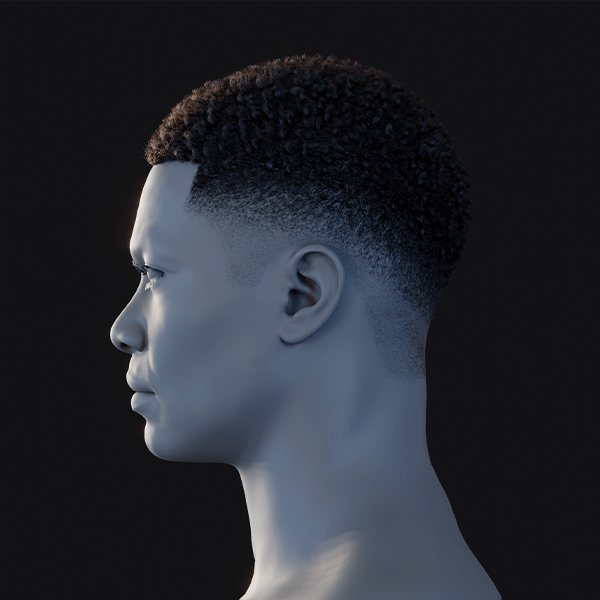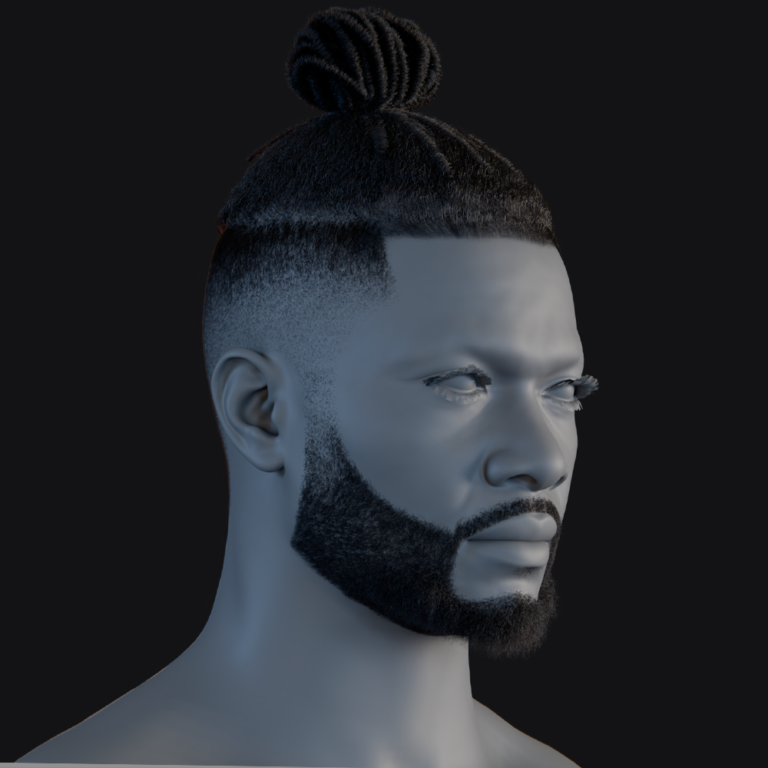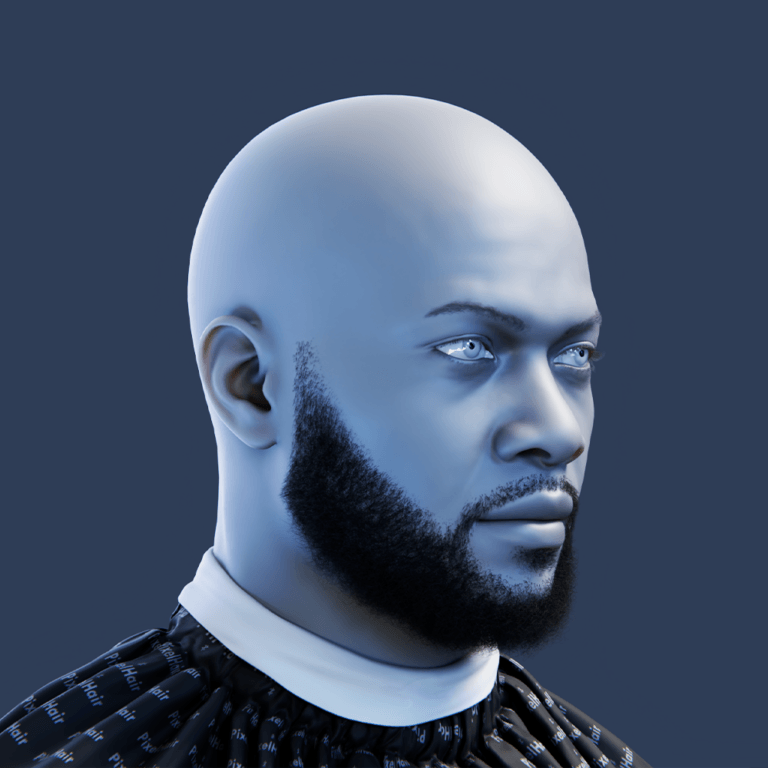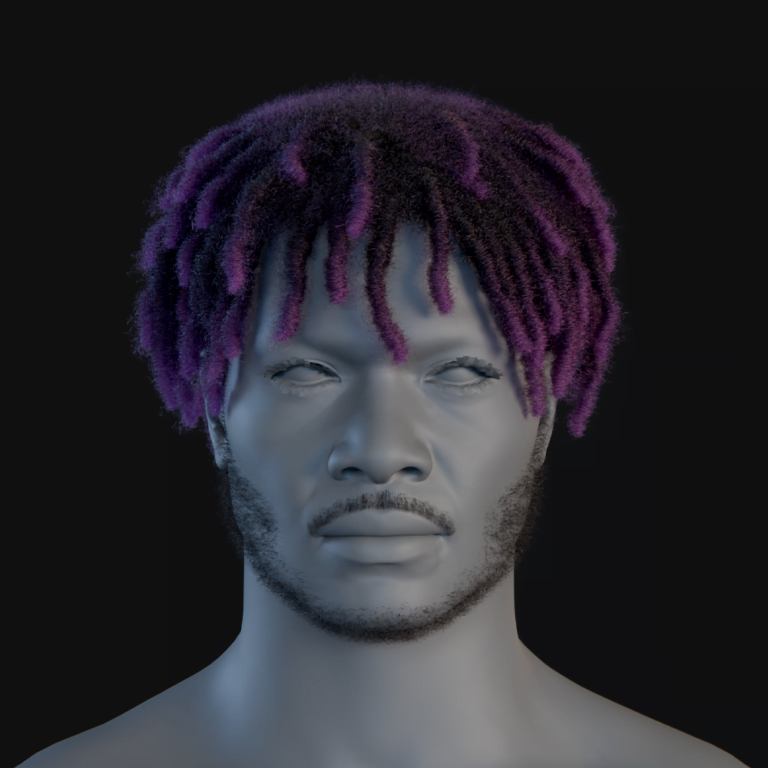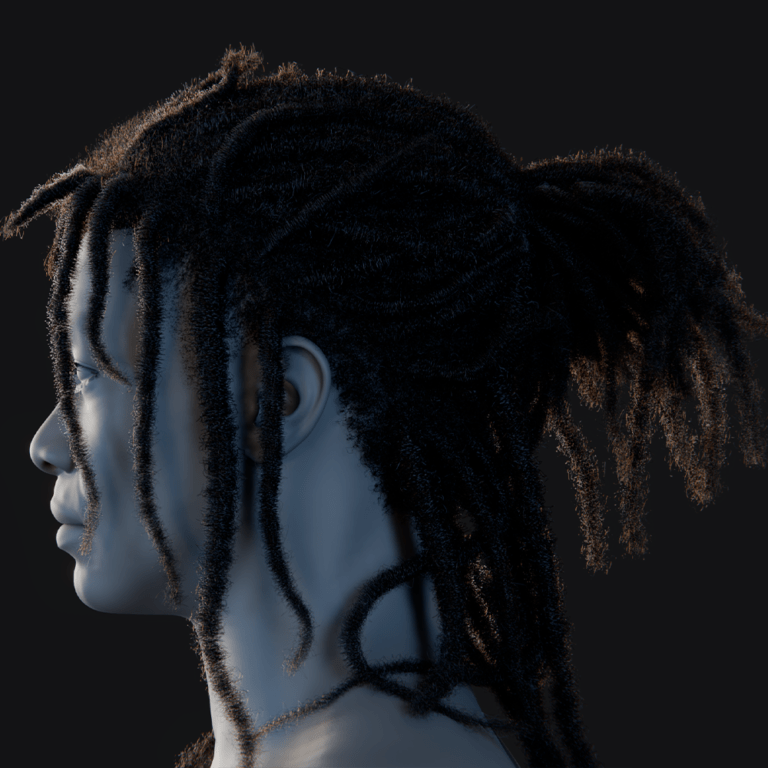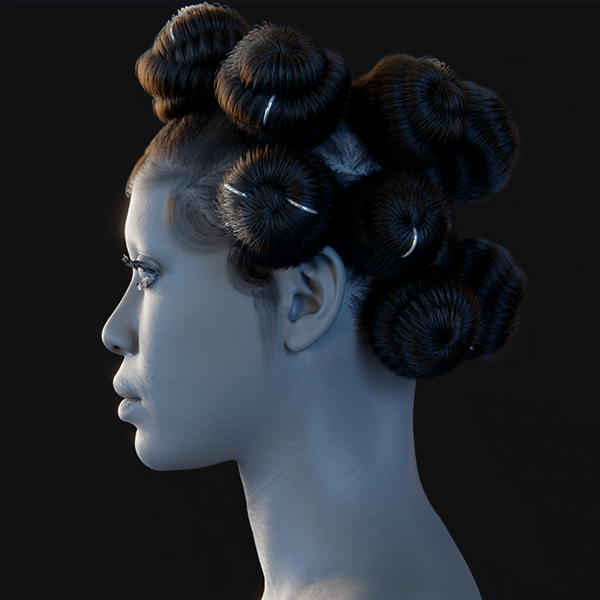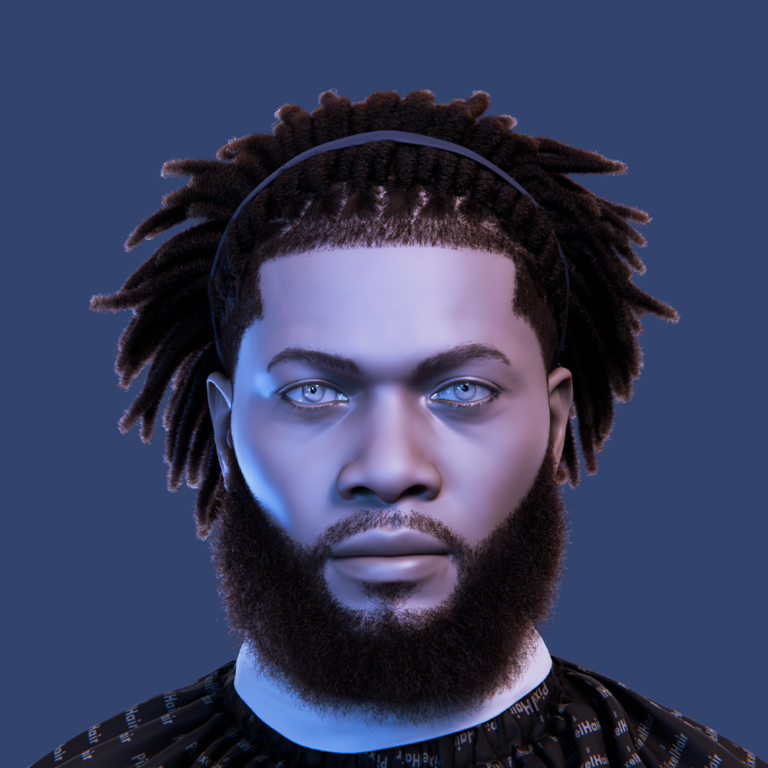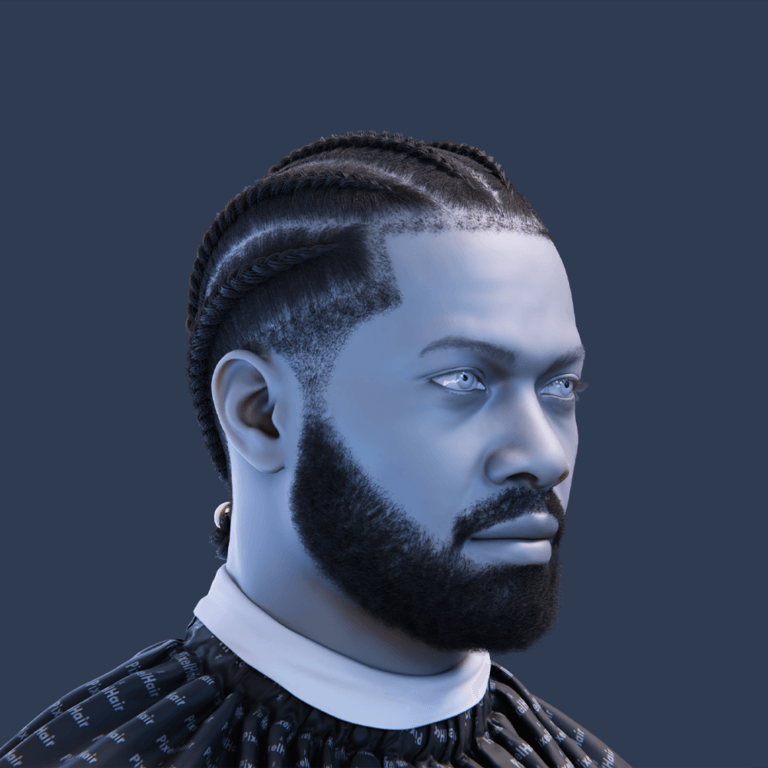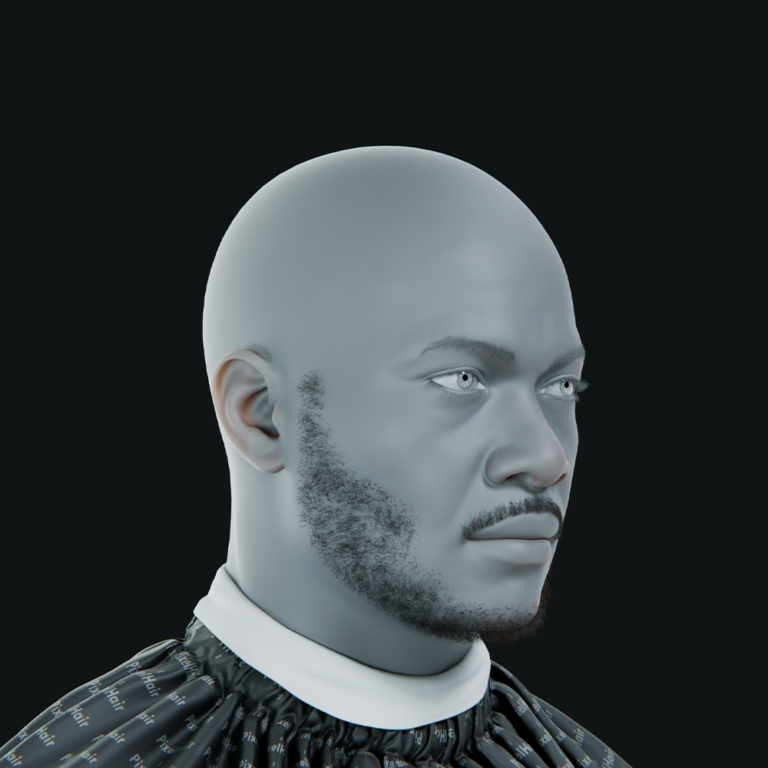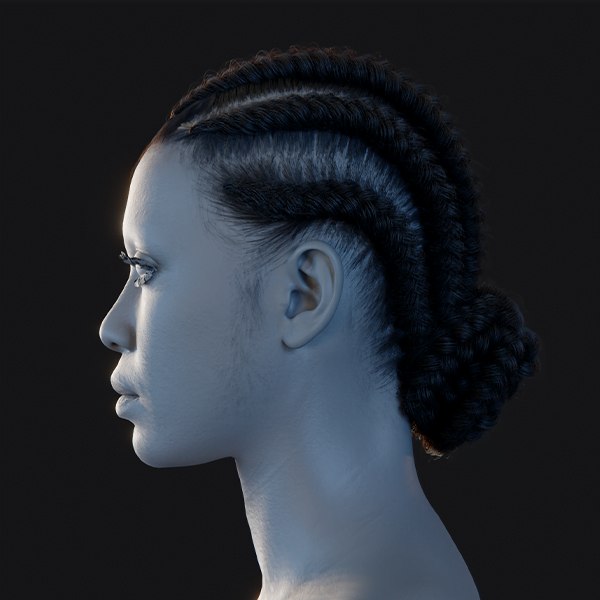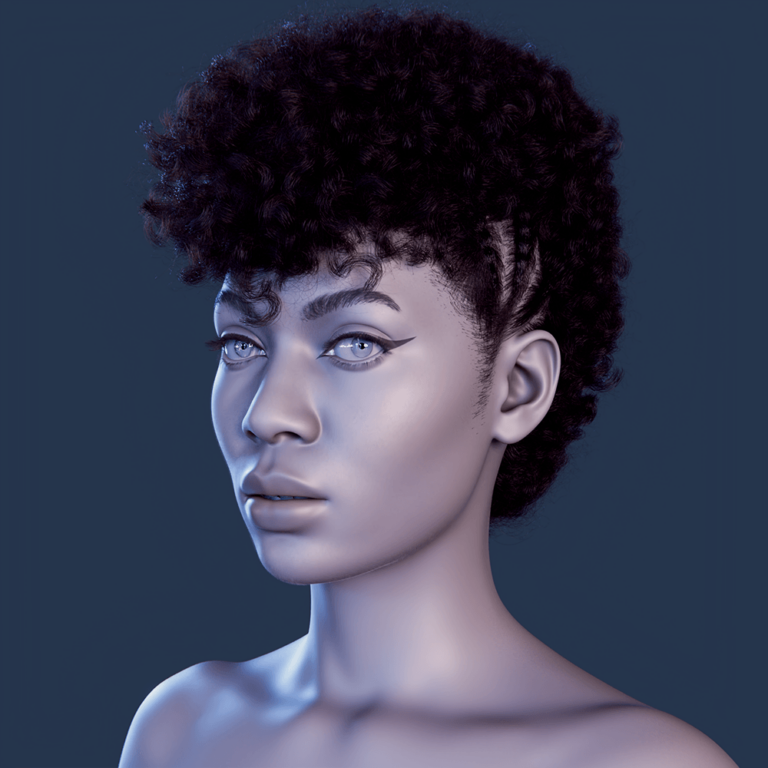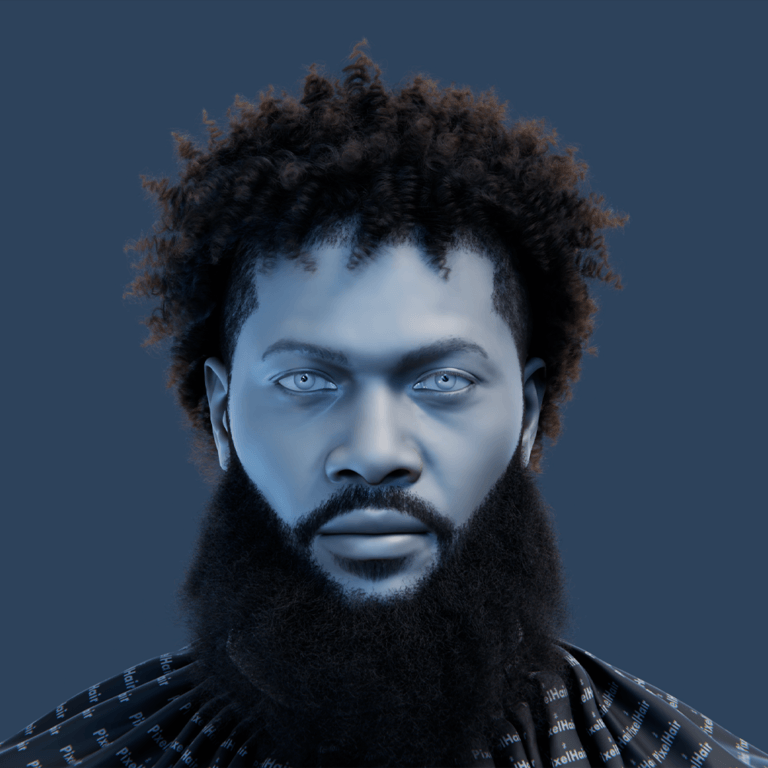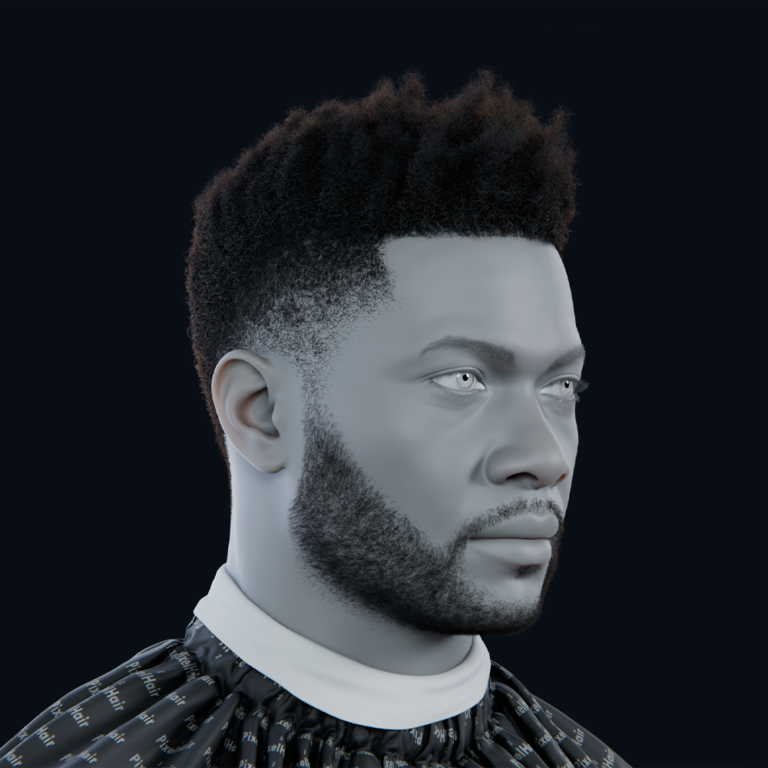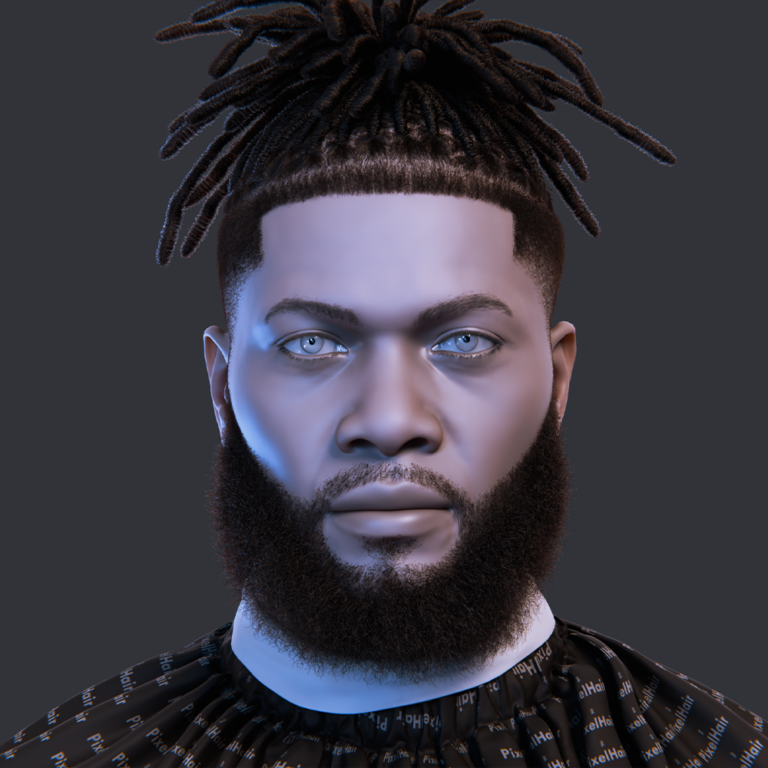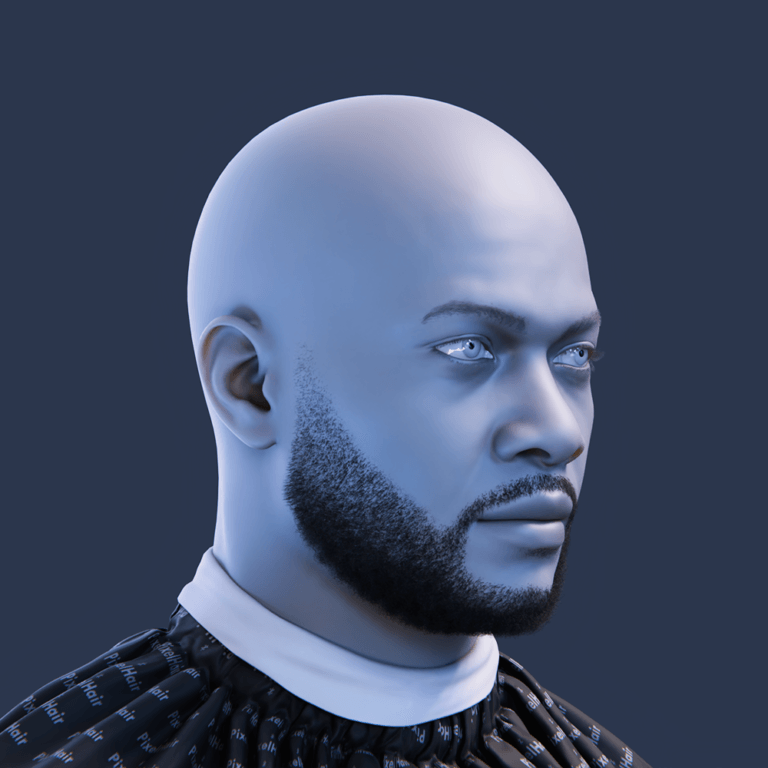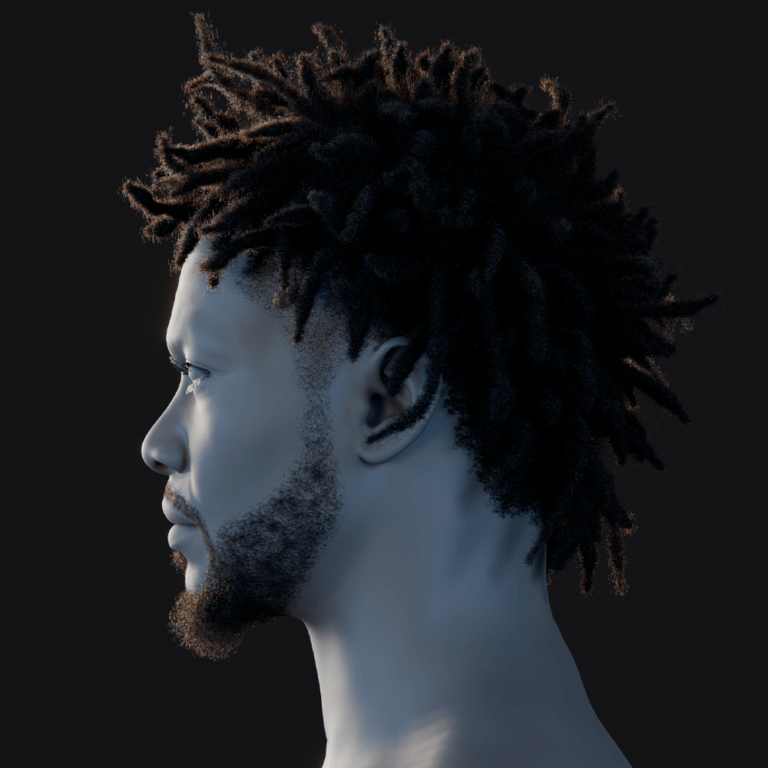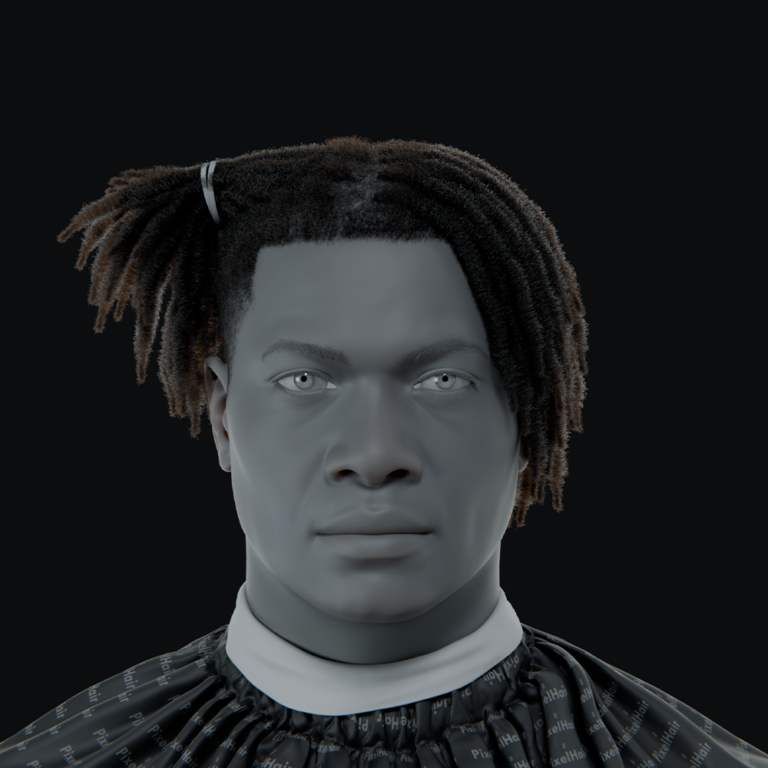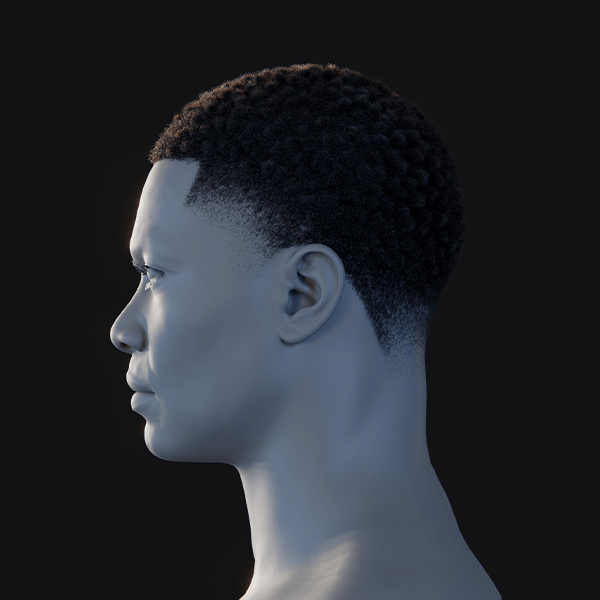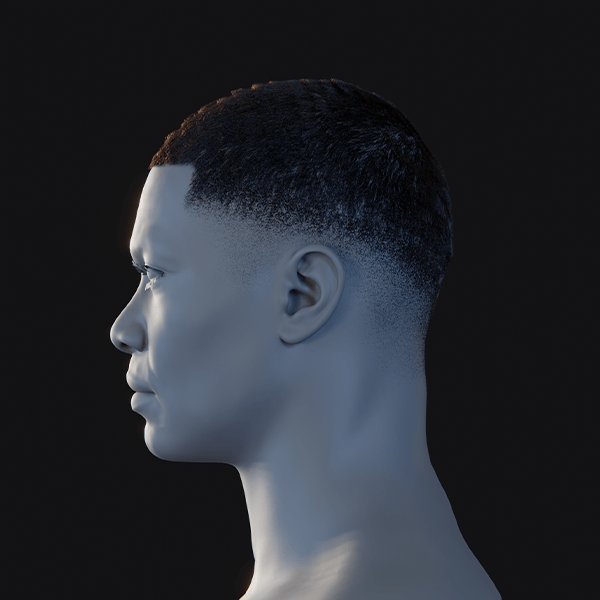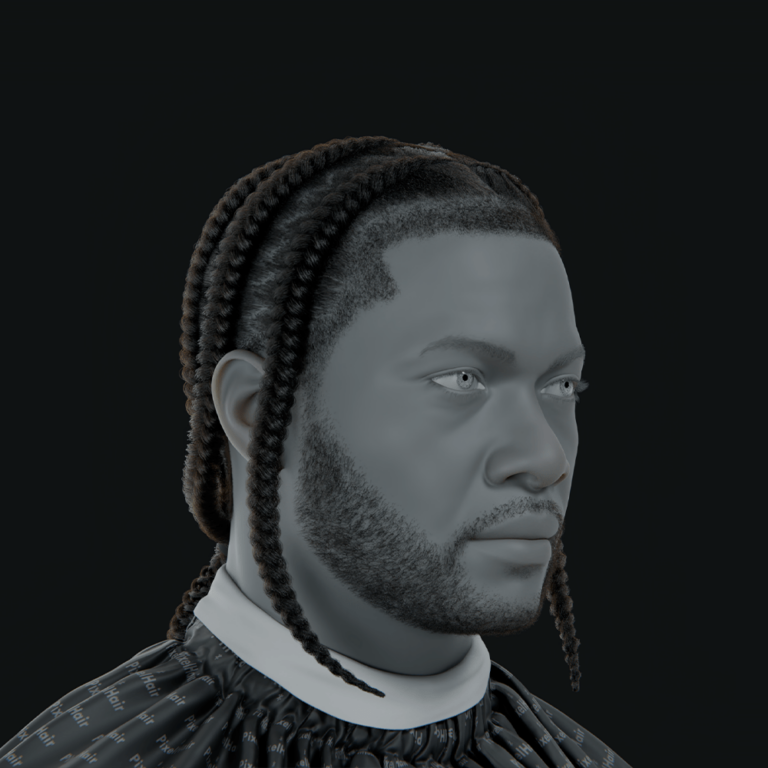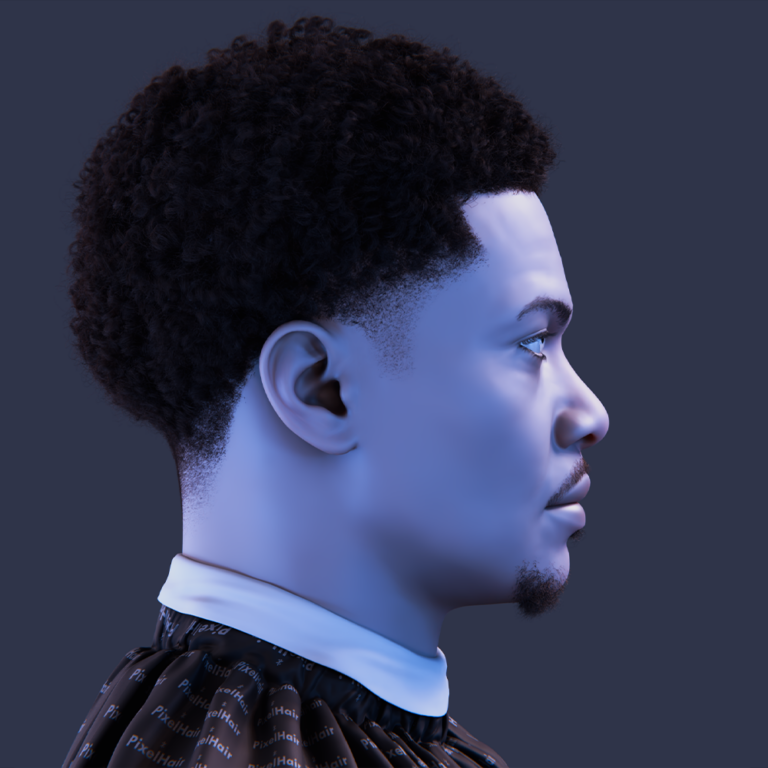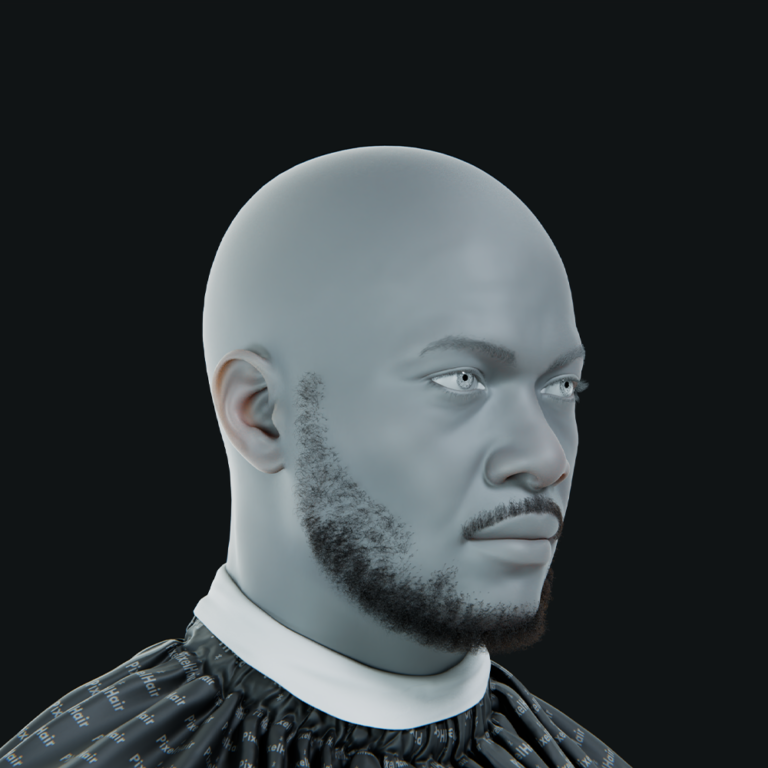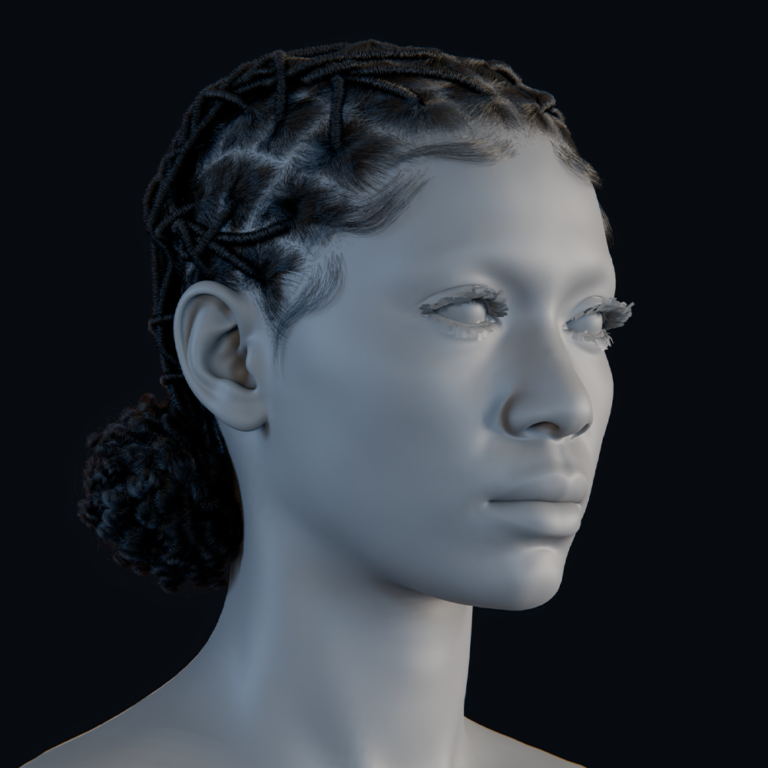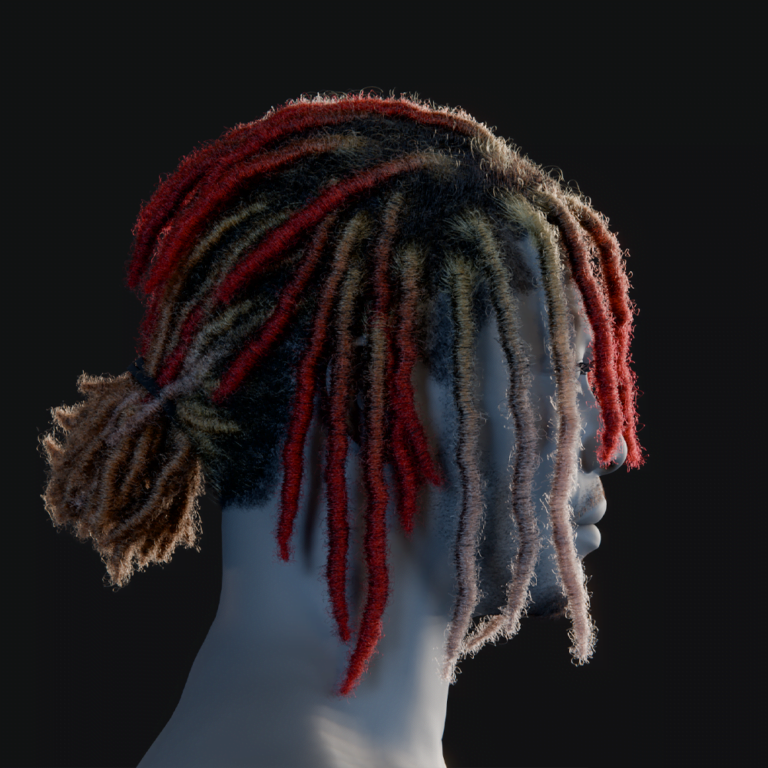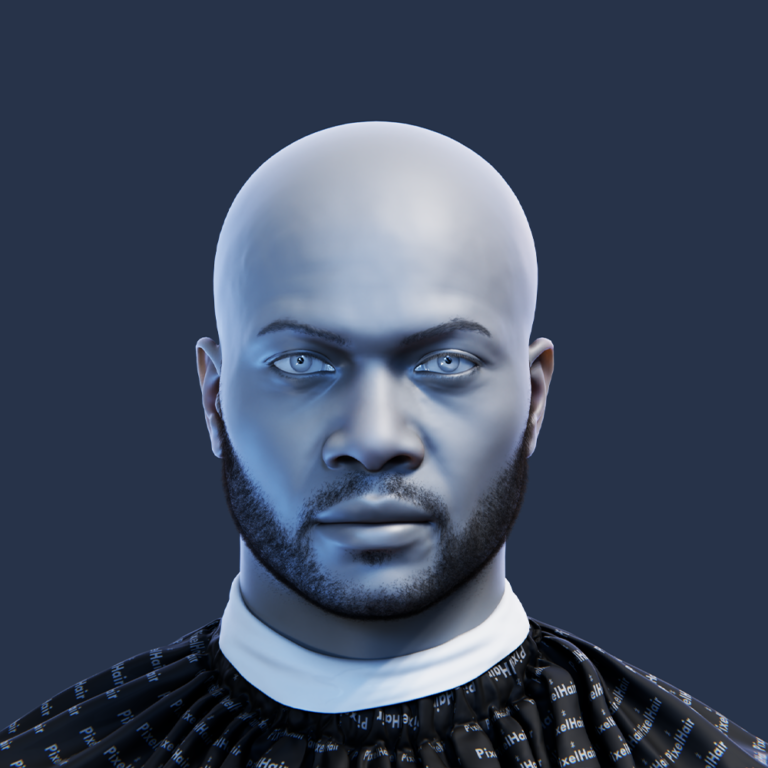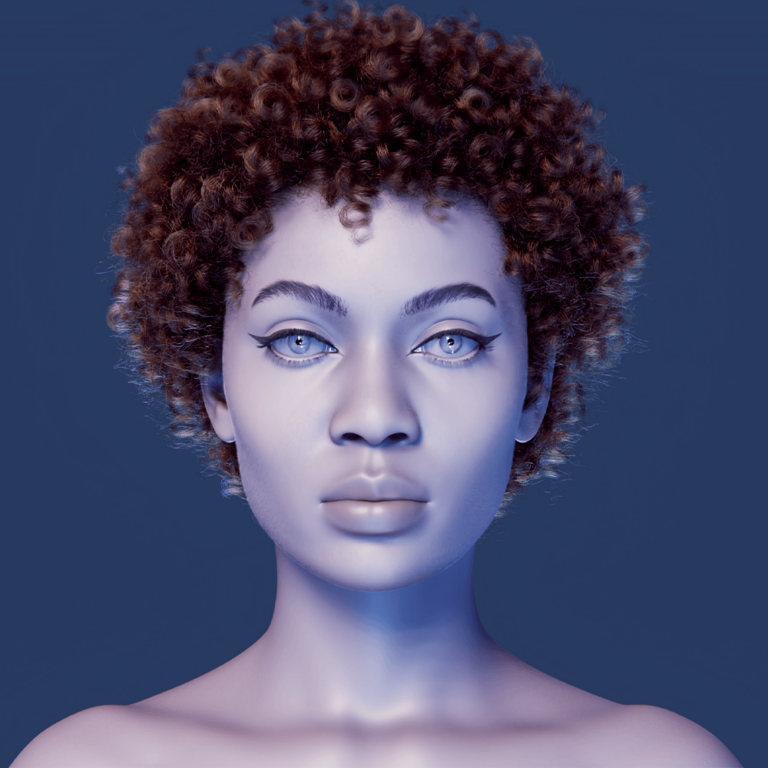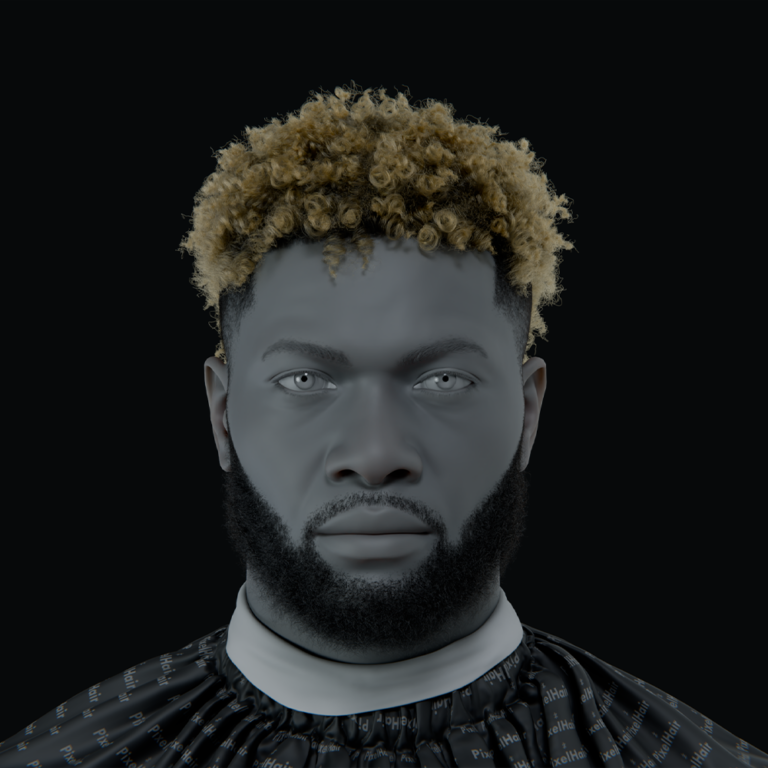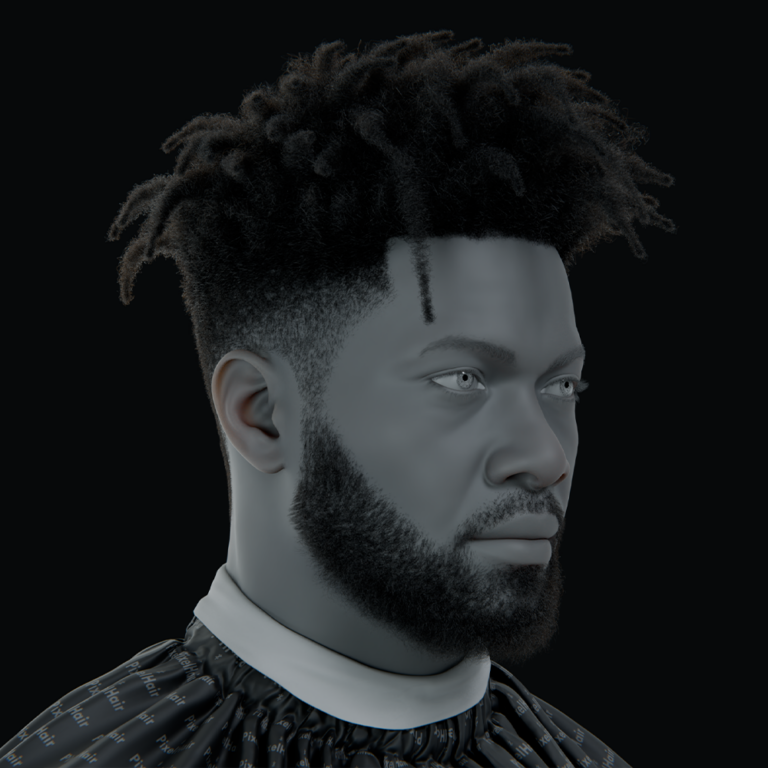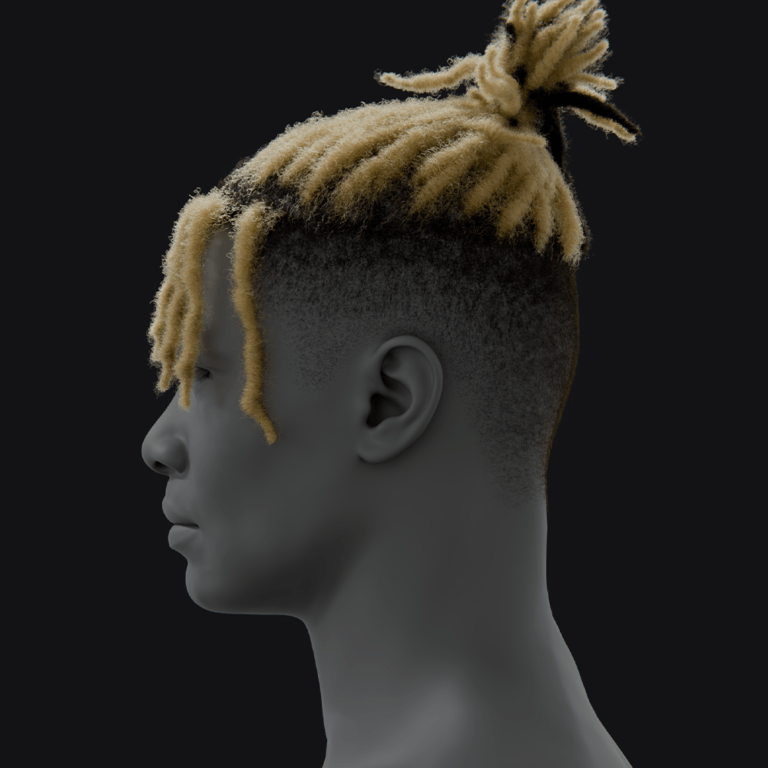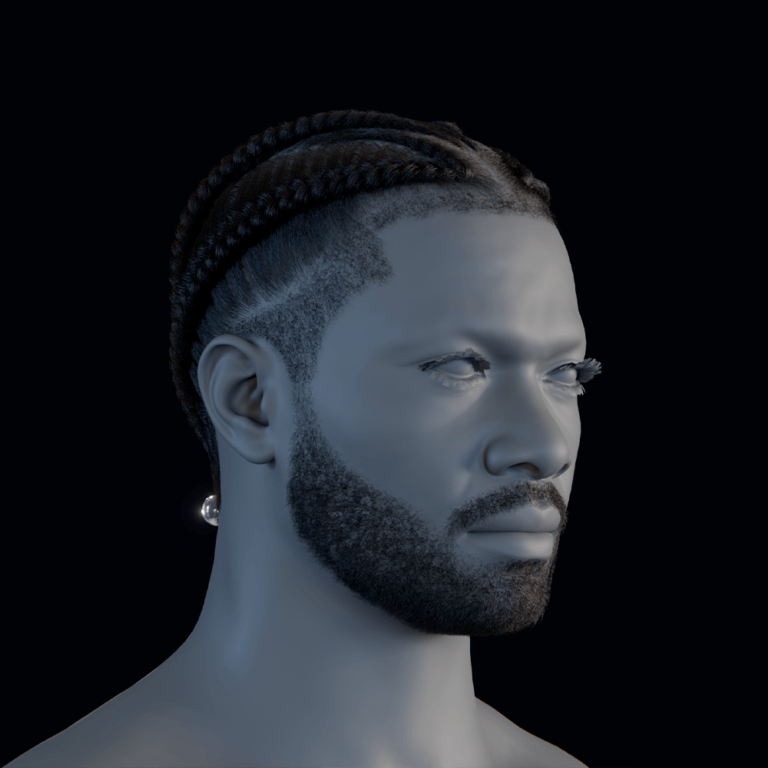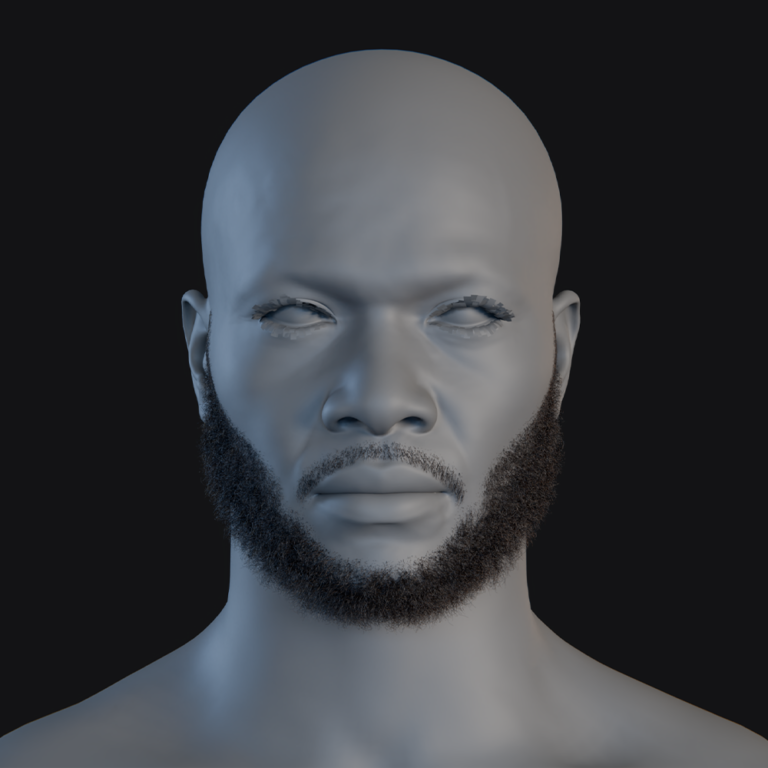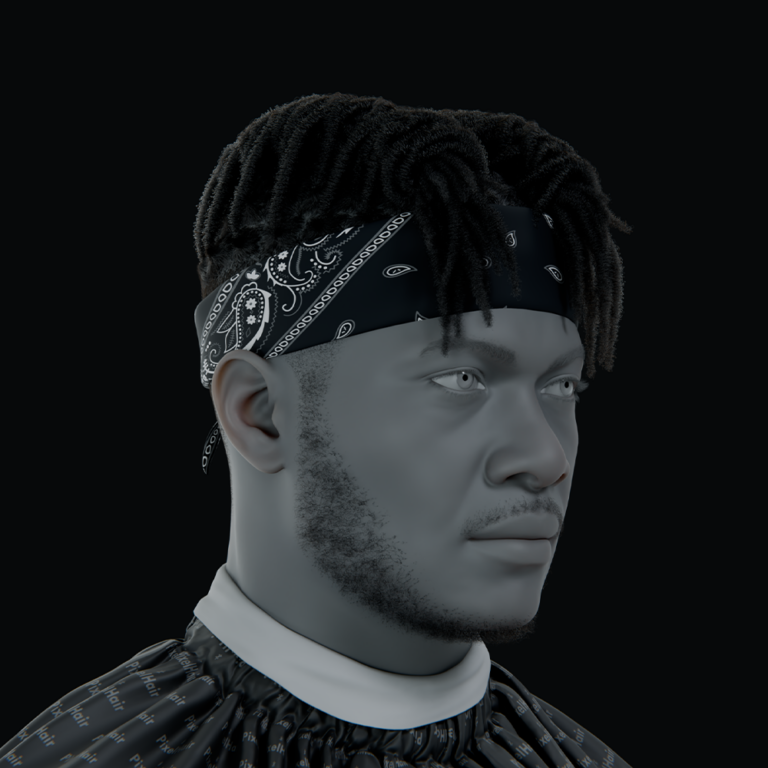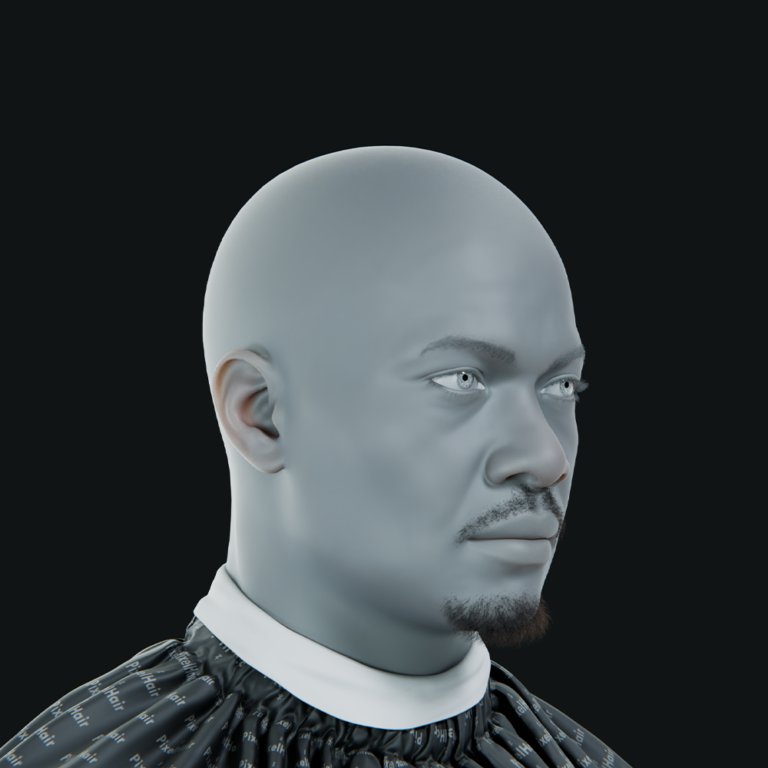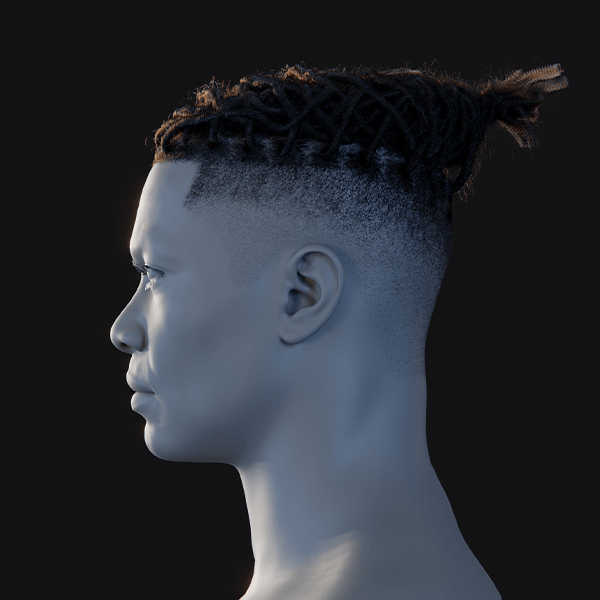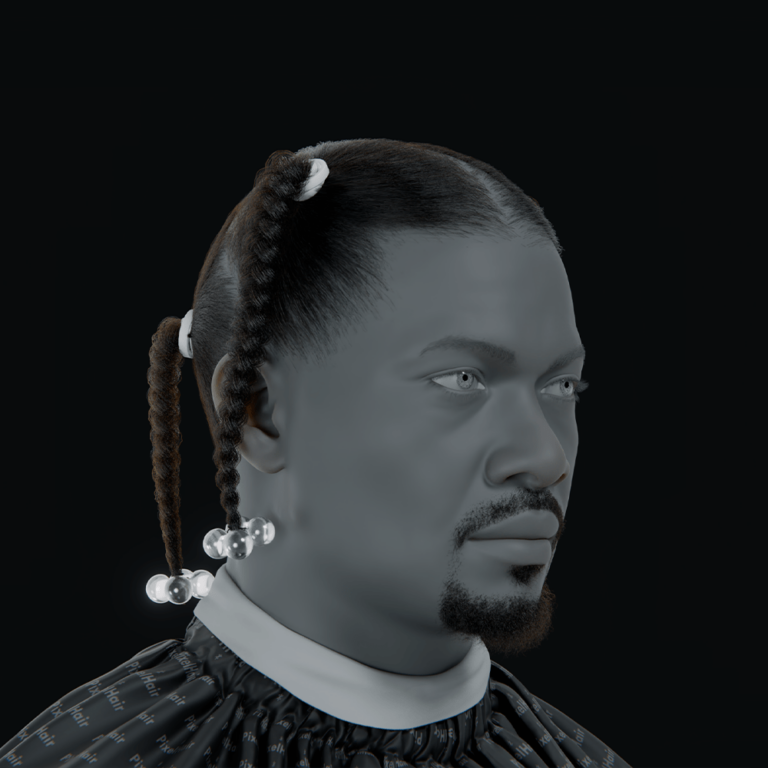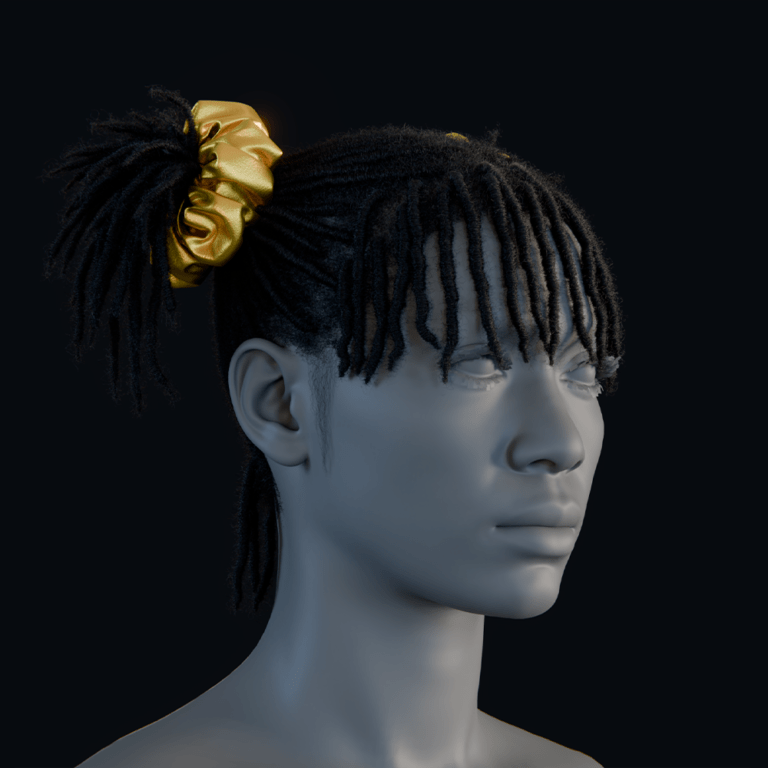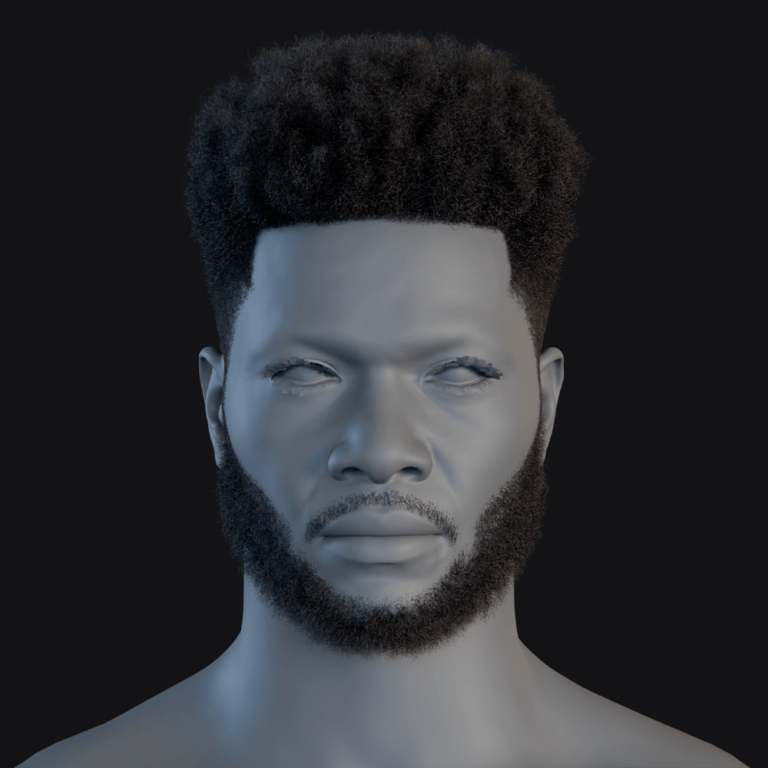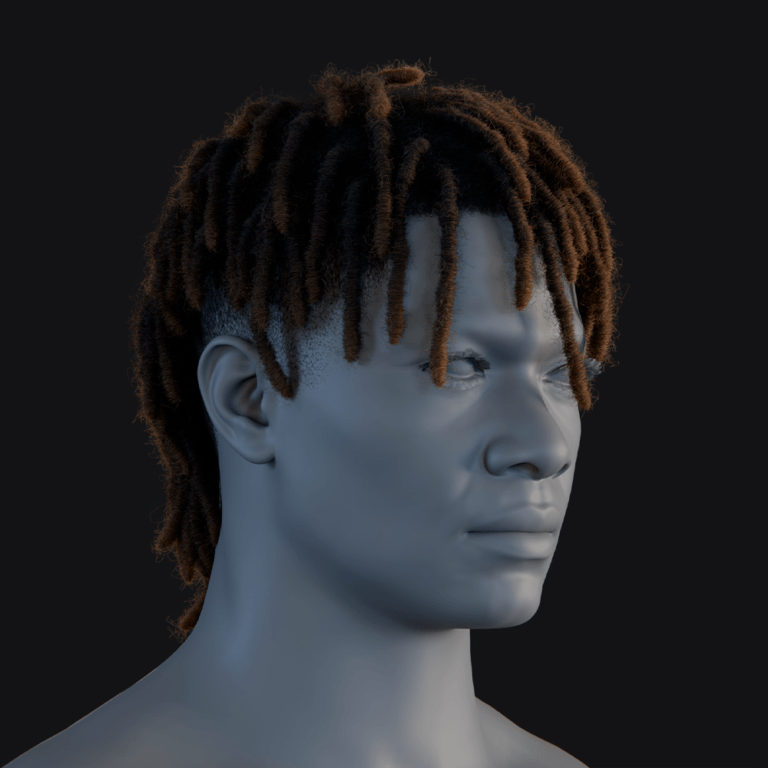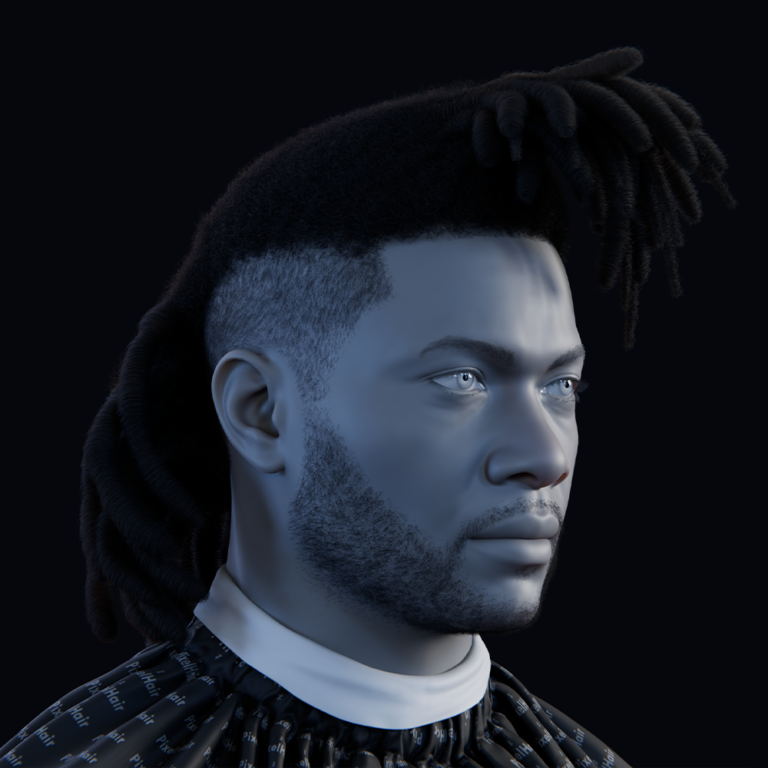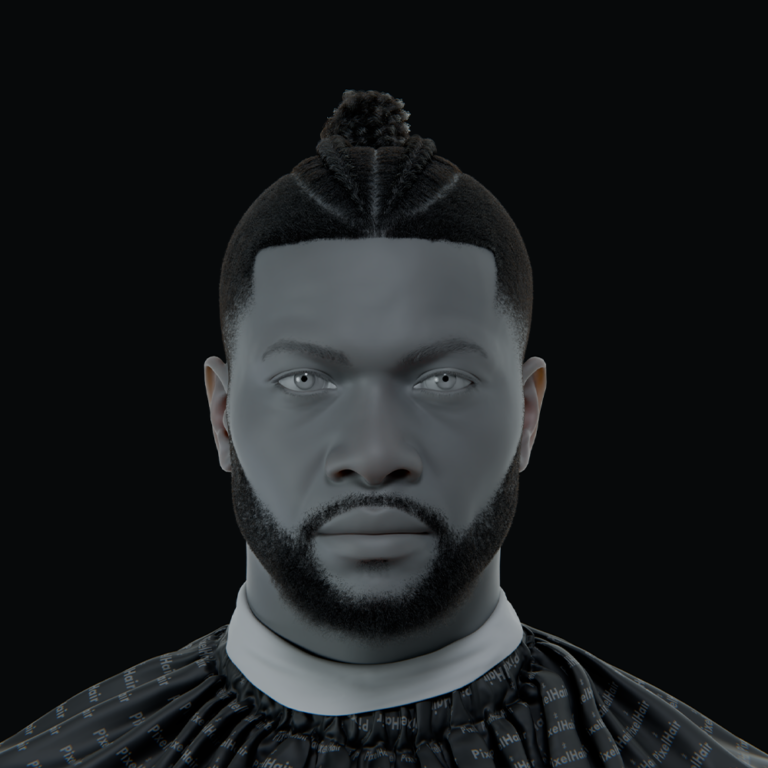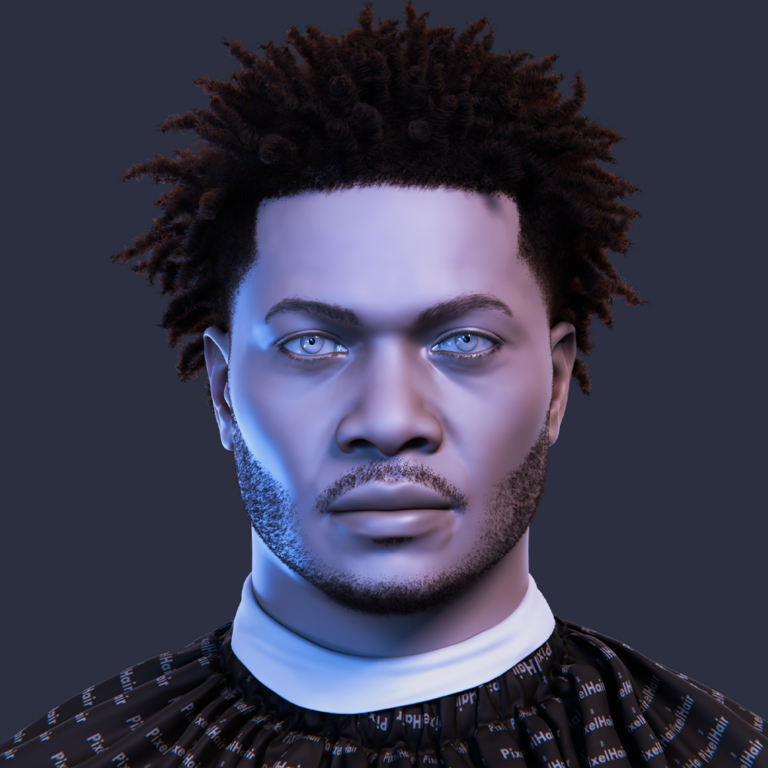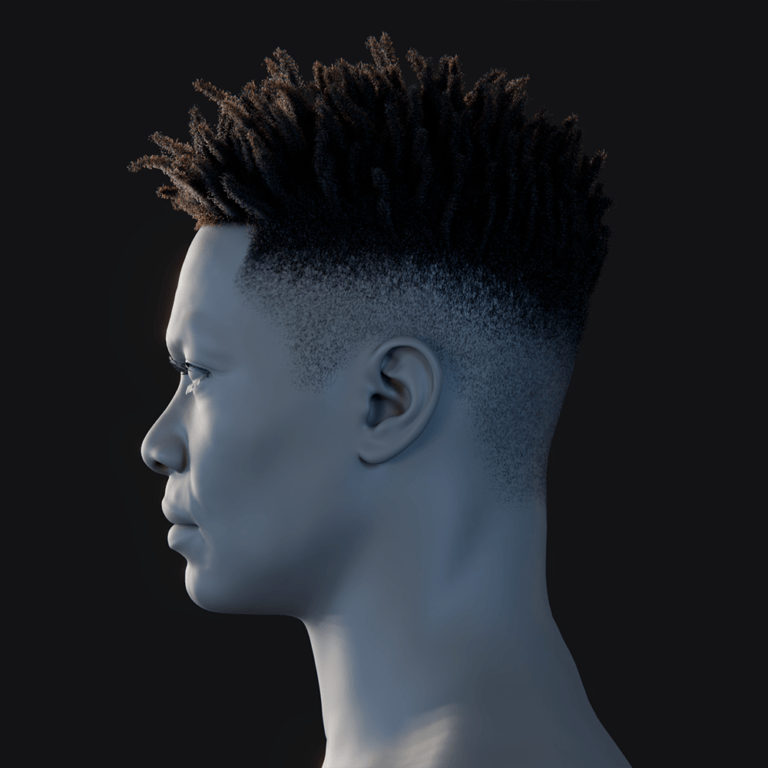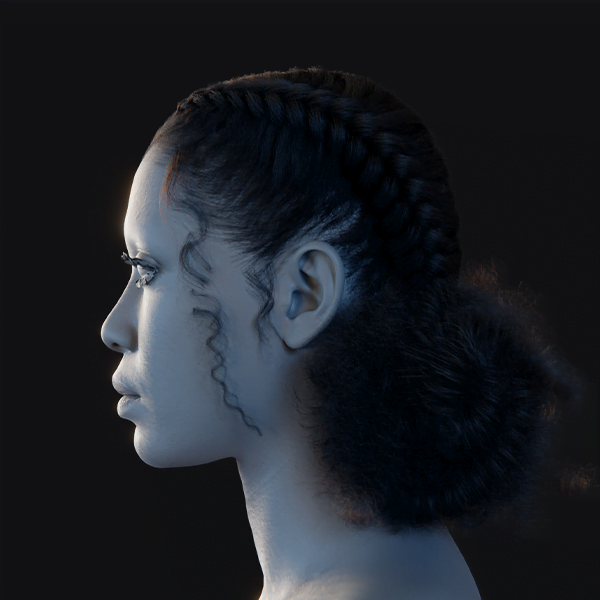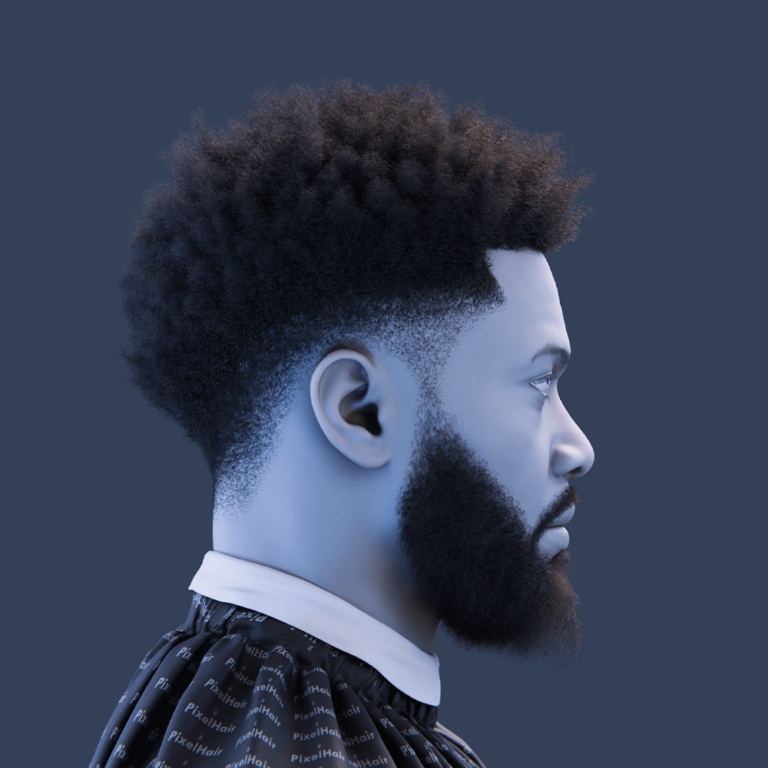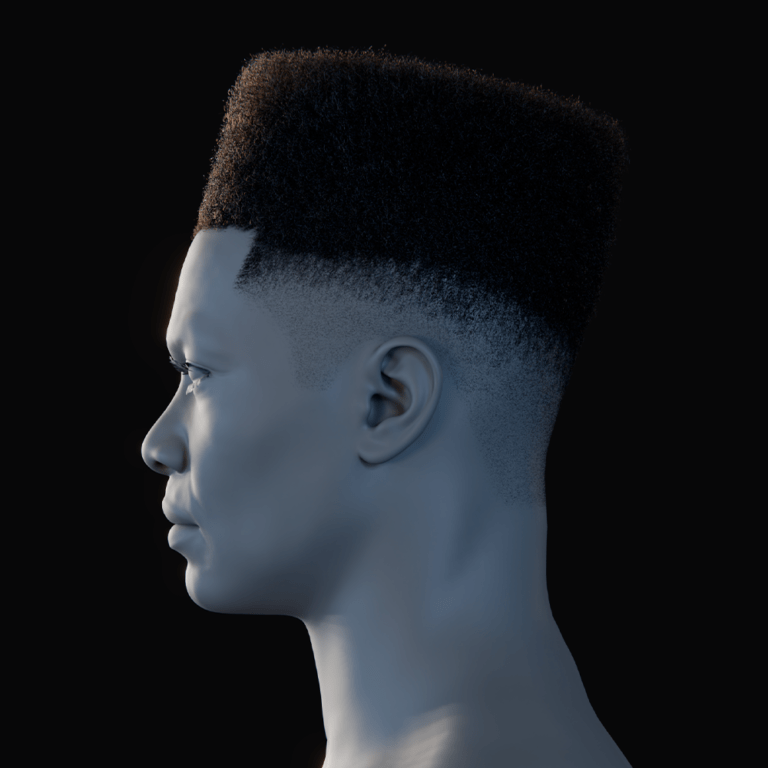Marvel Rivals, a free-to-play, team-based 6v6 hero shooter by Marvel Games and NetEase, launched in December 2024 on PlayStation 5, Xbox Series X/S, and Windows. It features a roster of 38 Marvel heroes, including iconic characters (e.g., Iron Man, Captain America, Storm) and niche picks (e.g., Peni Parker, Luna Snow, Jeff the Land Shark). NetEase’s global team of shooter veterans collaborated with Marvel to capture each hero’s comic-book essence, researching source material to translate powers and personality into gameplay. For example, Hulk’s gamma strength and Loki’s cunning shape their in-game kits.
The game uses a vibrant, anime-inspired art style, distinct from photo-realism, with signature animations and effects (e.g., Spider-Man’s web-swing, Doctor Strange’s portals) to ensure heroes are visually and mechanically unique. Characters are designed with comic-accurate details (costumes, emblems, weapons) blended with a modern, stylized aesthetic, balancing Marvel iconography with a dynamic look. Each hero fits into one of three classes Vanguard, Duelist, or Strategist guiding their visual style and abilities. Marvel Rivals combines comic authenticity with game-specific flair for an authentic Marvel experience where every character stands out in appearance and gameplay.
What is Marvel Rivals and its approach to character design?
Marvel Rivals is a modern hero shooter that brings comic-book superpowers into competitive PvP. The design team faces the challenge of representing 85 years of Marvel lore in playable form. According to the developers, this means immersing in a character’s story and “Marvel magic”, then translating that into gameplay. As one dev blog explains, designers start by “diving deep into their lore” and asking how to turn a hero’s “core essence” into game abilities and style.
Each hero’s look and powers are conceived together with their class role (Vanguard, Duelist, or Strategist), so a tanky frontliner (like Groot or Hulk) has a bold, resilient visual vibe, while a nimble Duelist (like Spider-Man or Black Panther) looks sleek and agile. The team is “committed to the most authentic Marvel experience possible”, meaning costumes, color palettes, and moves should feel true to the comics. For example, Spider-Man’s suit in the game keeps his classic red-and-blue web motif and expressive eyes, and his animations (wall-crawling, web-slinging) match his comic persona. In short, Rivals’ design approach is to respect each hero’s iconic look while fitting them seamlessly into a fast-paced shooter framework.

How does Marvel Rivals balance comic accuracy with original designs?
Marvel Rivals’ developers prioritize authenticity to comic book lore while incorporating creative freedom. They conduct thorough research into comics to ensure heroes’ traits (powers, colors, symbols) are accurate, with designs vetted by Marvel to honor each hero’s legacy. Traditional costumes retain core elements (logos, colors) but may include visual enhancements like glowing trims or streamlined armor. Base skins often reflect familiar comic outfits, while alternate skins introduce original themes or draw directly from comic storylines, such as Invisible Woman’s “Malice” or Captain America’s “Captain A.I.M.erica” suits.
The costume system labels outfits as “comic-inspired” or “MCU-inspired,” with most base designs being unique or comics-based. Official Marvel publicity highlights the game’s “kinetic artwork and unique designs” for characters like Doctor Strange and Moon Knight, blending homage and innovation. NetEase avoids clichéd redesigns, focusing on comic-accurate appearances, as Danny Koo notes, encouraging players to learn heroes’ true images, often with story explanations. Small details, like Magneto’s Krakoan language signature, nod to specific comic lore. The design process involves compiling comic references before the art team adapts visuals to fit the game’s vibrant, anime-inspired style and gameplay balance. As a result, every hero feels recognizable as their comic self, with adjusted art style and proportions to suit the game.
What are the roles of Vanguard, Duelist, and Strategist in Marvel Rivals?
Marvel Rivals assigns each hero one of three roles – Vanguard, Duelist, or Strategist – similar to tanks, DPS, and support in other shooters. Each role has characteristic design traits and gameplay functions:
- Vanguard (Tank): These heroes have large bodies and huge health pools, thick armor or barriers, and soak damage to protect allies, like Captain America and Groot reflected in their bulky, heavily armored silhouettes. They can absorb damage and often have shields or barriers (e.g. Hulk’s giant form, Doctor Strange’s Shield of Seraphim). Vanguards control space on the map and protect their teammates, so their designs emphasize ruggedness and size. Their broad, sturdy silhouettes, such as Groot’s wooden armor or Hulk’s bulk, emphasize survivability. They feature at least one defensive ability (e.g., Groot’s vine wall, Doctor Strange’s Shield of the Seraphim), making them visually and mechanically recognizable as tanks.
- Duelist (Damage): These are offensive heroes with aggressive color accents. Duelists tend to be slimmer or more dynamic-looking, since they trade blows and flank enemies. Their abilities focus on dealing damage to opponents (Black Panther’s claws, Iron Man’s blasts, etc.), so their costumes mix vibrant and technical elements. In-game they typically stay behind Vanguards or on flanks. focus on dealing high damage and securing kills, including Spider-Man, Scarlet Witch, and Storm. Their sleeker, agile designs, like Spider-Man’s lithe frame or Hela’s gothic sorceress look, suggest offensive power. Duelists, designed for maximum damage, use offensive abilities and high-damage ultimates (e.g., Psylocke’s psychic swords, Iron Man’s repulsors), often positioning behind Vanguards or flanking. They include sub-types (ranged, melee, flanker) but share dynamic, aggressive themes.
- Strategist (Support): Strategists provide healing and buffs. Visually, they often have bright, “supportive” palettes (healing greens or blues) and less bulky builds. They typically stand behind the team with utility abilities (e.g. Invisible Woman’s force field creates cover). Their designs might include iconic support motifs (like Mantis’s gentle glow or Luna Snow’s restorative aura) to convey their team-focused role. Their tactical role requires precise timing. Visual elements like auras or gadgets signal their supportive function.
Each class’s design Vanguards’ hardy appearance, Duelists’ dynamic aggression, and Strategists’ nurturing/tactical look uses distinct silhouettes and ability themes to help players instantly recognize a hero’s role in battle.

How does character silhouette influence gameplay in Marvel Rivals?
In Marvel Rivals, clear silhouettes are vital for fast-paced gameplay, enabling instant hero recognition. Distinct body shapes allow players to identify heroes quickly, as a character’s outline is what the brain notices first. For example, tank heroes Hulk, Venom, and Thor, though large, have unique silhouettes: Hulk’s triangular shape with broad shoulders and tiny head, Venom’s hunched big upper body, and Thor’s tall-rectangular form with a flowing cape. These exaggerated shapes ensure clarity even at a distance or in chaotic fights.
However, some female heroes with similar hourglass figures can blur together, a challenge developers address by emphasizing unique outlines and contrasting colors. Every hero’s design, from limbs to armor contours (e.g., Iron Man’s glowy gauntlets, Storm’s frosty cape), uses consistent color cues (darker Vanguards, brighter Strategists) for readability.
Developers avoid similar silhouettes, such as excluding Red Hulk to prevent confusion with Hulk, ensuring each hero has a unique build or posture: hulking giants (Hulk, Groot) for front-line roles, slender figures (Black Panther, Spider-Man) for agile Duelists, and medium builds (Invisible Woman, Mantis) for supports. This clarity, crucial for gameplay, allows players to recognize a hero’s class at a glance, though community feedback notes issues with similar-looking blonde female heroes reducing instant recognition. Overall, Marvel Rivals’ careful silhouette design and contrasting shapes ensure players can quickly identify heroes in battle, even in peripheral vision.
What is the design philosophy behind Marvel Rivals characters?
Marvel Rivals’ design philosophy centers on delivering an “authentic superhero experience” by distilling each hero’s comic book essence powers, personality, and signature actions into gameplay mechanics. For example, Doctor Strange’s magical portals, Spider-Man’s fluid web-slinging, and Hulk’s gamma-fueled power reflect their comic origins, with extensive prototyping to ensure recognizable features in visuals and gameplay. Alongside authenticity, balance is critical. Unreal Engine’s lead noted that weekly reviews with Marvel’s veterans ensure designs honor each hero’s legacy while maintaining fairness, blending comic-accurate details (costume, attack animations) with a modern, stylized aesthetic featuring bold colors, clean lines, and stylized proportions.
Scarlet Witch’s pink-red hex effects and Hela’s crow-crowned, spirit-manipulating design (inspired by the 2011 Fear Itself comic) exemplify this fusion. Executive producer Danny Koo emphasizes comic fidelity, consulting Marvel lore experts and a comic historian to prioritize original comic stories over movie looks, encouraging players to learn heroes’ true images. The design process involves studying comic references before crafting ideas, as seen with Loki’s mischievous, shapeshifting trickster design. Balancing “jaw-dropping” powers (e.g., Hulk’s strength, Scarlet Witch’s reality-warping) with fun, effective gameplay is challenging but ensures heroes feel true to Marvel lore while remaining fresh and balanced in matches.

How does Marvel Rivals incorporate lesser-known characters into its roster?
Marvel Rivals’ roster blends iconic Marvel heroes (e.g., Iron Man, Captain America) with niche, comic-fan favorites (e.g., Jeff the Land Shark, Peni Parker, Luna Snow, Cloak & Dagger) to appeal beyond MCU heavyweights. About 70% of the 38-hero launch roster consists of “greatest hits,” while 30% are obscure or cult-favorite “curveballs” like Squirrel Girl, Magik, and Luna Snow, chosen from Marvel’s 700+ characters for diverse gameplay and unique silhouettes.
Executive Producer Danny Koo highlighted upcoming additions like Angela, Gambit, and Valkyrie to ensure varied team compositions. These lesser-known heroes have distinct abilities and aesthetics, such as Luna Snow’s ice magic and pop-star style or Jeff’s comedic shark design with healing support. New heroes, including Squirrel Girl, Cloak & Dagger, Iron Fist, and Wolverine, are introduced gradually via season updates. This mix of staples and surprises keeps the roster fresh, encouraging players to discover unfamiliar heroes while maintaining the appeal of fan-favorites, enhancing creativity and variety in team play.
What are the most popular character designs in Marvel Rivals?
Player pick-rate stats and community chatter suggest some characters stand out. According to Rivals’ stats, Jeff the Land Shark, Cloak & Dagger, Luna Snow, Mantis and Venom are among the most-picked heroes in casual matches. In competitive ranked play, Luna Snow, Cloak & Dagger, Mantis, Hela and Doctor Strange top the charts. These picks reflect both fun design and strong abilities; for example, Jeff’s cute, simple shark look and powerful healing kit make him very popular, and Luna Snow’s striking blue-and-white ice motif is very memorable.
Beyond raw stats, community favorites often include heroes with unique visuals or personalities. The quirky Jeff and upbeat Squirrel Girl are fan darlings (the ZLeague news summary noted “fun characters like Jeff and Squirrel Girl” greatly boost the game’s appeal). Characters with bold, clean aesthetics – like Storm’s regal ice queen design or Iron Man’s glowing orange armor – also draw a lot of positive attention. Conversely, designs that the community finds less exciting tend to see lower pick rates (for instance, Storm and Black Widow were among the least-picked in Season 0). In sum, heroes with clear, attractive designs and hit-hard kits tend to be the most popular in Marvel Rivals.

How does Marvel Rivals differentiate its characters from the MCU counterparts?
Marvel Rivals adopts a comics-and-anime-inspired approach, prioritizing comic book designs over MCU movie realism. Characters are reimagined in a stylized, high-contrast art style with exaggerated features, distinct from lifelike textures, making them stand out compared to the overly realistic Avengers game. Most base designs are original or comic-inspired, with the skins system labeling outfits as “comic-inspired” or “MCU-inspired.” While some alternate skins, like Epic/Legendary ones, homage MCU costumes, these are exceptions.
Heroes’ silhouettes, colors, and animations align with the game’s bold, dynamic aesthetic, ensuring even familiar characters like Tony Stark differ from their film versions. Developers avoid altering heroes for mass-market familiarity, drawing from comic sources for characters like Spider-Man, whose hexagonal pattern and spider emblem echo classic comics, or non-MCU characters like Luna Snow and Magik. This focus on comic origins delivers fan-favorite characters from across the Marvel multiverse, authentic to their lore rather than strictly MCU-based, offering players a vibrant, game-original take on the heroes.
What is the impact of character design on player engagement in Marvel Rivals?
Character design is central to Marvel Rivals’ success. Analysts note that eye-catching, faithful character visuals are a major draw. As one industry summary points out, Rivals’ “favorable designs” help it stand out – players love its exciting character art and branding. Beloved and quirky heroes like Jeff and Squirrel Girl generate strong word-of-mouth; their charming designs give players an emotional hook to enjoy and promote the game. In other words, when characters look great and feel fun, players are more eager to try them and keep playing.
On the flip side, games with bland or confusing designs tend to flop, so Rivals gains a huge advantage from its art team. Every detail – from a hero’s silhouette to their victory pose – adds personality. This has real results: reviewers say Rivals “hits the mark” with its character cast, and players report that seeing cool new heroes motivates them to return. In short, the strong, comic-inspired designs and animations help Marvel Rivals attract and retain a large player base. The colorful, dynamic visuals give each match its Marvel flair, making fans feel like they’re playing a true superhero game, which is key to keeping players engaged and excited.

How does Marvel Rivals use color schemes to define character abilities?
Marvel Rivals uses color to convey character identity, powers, and roles, enhancing visual clarity in gameplay. Each hero has a unique palette reflecting their theme: ice-based heroes like Luna Snow use cool blue/white hues, fire/tech heroes like Iron Man feature warm reds/oranges, and Venom employs purples for symbiote attacks. Ability effects have signature colors, such as Scarlet Witch’s pinkish-red chaos magic or Invisible Woman’s blue-green barriers, enabling instant recognition of powers.
Costume and skin colors reinforce roles, with healing Strategists like Jeff using green motifs and damage-focused Duelists favoring aggressive colors. The UI distinguishes teams with red vs. blue colors, and effect outlines align with roles (e.g., yellow for team-up visuals). Color customization allows players to tweak costume hues. Ability effects use bright, saturated colors tied to the hero’s theme (e.g., green for radiation, pink for psychic, blue for ice), with friendly effects contrasting team colors for clarity. While no universal color rule exists, tech-based heroes lean toward blues/metallics and magic-themed heroes use vibrant mystical hues, ensuring players can quickly identify abilities and roles through visual color cues in battle.
What are the challenges in designing characters for a hero shooter like Marvel Rivals?
Designing Marvel Rivals’ 6v6 shooter roster involves multiple challenges:
- Authenticity vs. Balance: Developers must maintain each hero’s iconic look, powers, and personality while ensuring no hero is overpowered. NetEase’s tech lead highlighted the difficulty of meeting Marvel’s authenticity standards and ensuring competitive fairness. For example, translating a city-leveling comic power into a fun, balanced game ability requires extensive design iterations to prevent dominance while preserving the hero’s essence.
- Clarity: With numerous heroes and abilities, the art team ensures visual clarity through unique silhouettes and color schemes to distinguish each of the 30+ heroes instantly, avoiding overlap despite similar shapes, which is a complex artistic challenge.
- Technical Constraints: Flashy Marvel powers (e.g., Doctor Strange’s portals, Thor’s lightning) demand high-performance animation. Using Unreal Engine 5’s Niagara for particle effects and Lumen for lighting, the team optimized performance through custom systems and stress tests with 12 identical heroes firing abilities to handle on-screen chaos.
- Animation and Polish: Each hero requires hundreds of fluid, impactful animations (e.g., Captain America’s shield throw, Mantis’s healing gesture) and voice lines, which must transition seamlessly, making the process time-consuming.
The team addressed these by collaborating with Marvel experts, leveraging Unreal Engine 5 tools (GAS, Niagara), rewriting systems for lighting and destruction physics, and iterating through playtesting and community feedback. This balanced comic-accurate, distinctive hero designs with clear, fun, and technically stable gameplay, ensuring heroes feel powerful yet fair, with diverse, non-repetitive styles despite high fan expectations.

How does Marvel Rivals ensure diversity in its character designs?
Marvel Rivals reflects Marvel’s diverse universe with a roster featuring heroes of various genders, ethnicities, species, and sizes, including African heroes (Storm, Black Panther), Asian heroes (Peni Parker, Psylocke, Namor’s heritage), mutants, cosmic beings (Adam Warlock, Mantis with Celestial origin), and an anthropomorphic shark (Jeff the Land Shark). Female heroes like Invisible Woman, Scarlet Witch, and Luna Snow have distinct silhouettes and backstories. The art team designs varied body types and cultural motifs, such as Squirrel Girl’s youthful look, Captain Marvel’s regal armor, and Punisher’s rugged military gear.
Future seasons will add characters like Angela (Asgardian warrior), Gambit (Cajun mutant), and Valkyrie (Asgardian queen), enhancing style and role diversity. Drawing from Marvel’s global character pool ensures broad representation, making the game inclusive visually and narratively. However, fans have criticized the similar appearances of white, blonde female heroes (Invisible Woman, Dagger, Emma Frost), noting a lack of varied facial features and body types. Developers aim to avoid duplicate silhouettes and plan to expand the roster for greater diversity, acknowledging fan feedback about repetitive looks and emphasizing unique hero identities, though improvements are still needed.
What feedback has the community provided on Marvel Rivals character designs?
Community reactions to Marvel Rivals’ art style are passionate but mixed, with fans praising its distinctiveness while noting areas for improvement. The community provides the following feedback:
- Positive Feedback:
- Fans love the anime-influenced, colorful art style, with critics and players praising “favorable designs” that set Rivals apart from other shooters.
- Quirky heroes like Jeff the Land Shark and Squirrel Girl are celebrated for their cute, meme-worthy designs.
- Forum posts highlight specific designs as “perfect,” including Jeff’s simplicity, Winter Soldier’s menacing gear, and Psylocke’s ninja costume.
- Constructive Criticism:
- Traditional heroes like Captain America, Spider-Man, and Black Panther are seen as “overcomplicated” with techy armor, with fans preferring simpler, iconic spandex suits.
- Exaggerated proportions, such as Punisher’s cartoonishly massive build and Wolverine’s blocky form, are criticized as unappealing.
- Female character models, often sharing an “hourglass” shape and revealing, over-sexualized costumes, prompt calls for more varied body types.
- Blonde female heroes (Invisible Woman, Dagger, Emma Frost) are criticized for looking too similar, termed the “white girl problem.”
In contrast, designs like Rocket Raccoon’s space-soldier outfit and Groot’s twisted wooden armor are well-received for being eye-catching and faithful. Fans value new hero designs that meet comic expectations. Developers actively engage with feedback, inviting input through a dev blog and implementing patch updates to tweak heroes, add skins, and address issues like repetitive templates. NetEase acknowledges fan concerns, adjusting designs and introducing alternate costumes. Overall, the community appreciates the bold, vibrant art direction but advocates for simpler classic designs and greater body type diversity, driving design discussions and influencing ongoing updates.

How do character animations enhance the design in Marvel Rivals?
Animations in Marvel Rivals are essential for animating hero designs, ensuring each character’s movements reinforce their unique identity. Designers prioritize “signature appearances and actions,” making heroes authentic in motion. For instance, Spider-Man’s animations feature fluid web-swinging and acrobatic flips for grace and speed, Doctor Strange uses mystic hand motions to summon grand, magical portals, and Hulk’s flexing idle animation emphasizes his power. Team-Up abilities include cinematic animations that combine heroes’ designs, like Captain Marvel lifting Deadpool for co-op airstrikes, with visual effects such as energy trails and elemental bursts matching each hero’s color scheme and style to maintain clarity in chaotic battles.
Animations also convey personality through snarky emotes or heroic landings, enhancing combat satisfaction. Character design extends beyond static models to include high-energy, distinctive movements and effects. For example, Hulk bounds across the city, Storm glides through the air, and Spider-Man zips with webs, making heroes instantly recognizable. Mantis lifting objects or Rocket and Groot’s cinematic team-up animations highlight their comic personas. Smooth, exaggerated motions ensure clarity, aiding gameplay: Hulk’s roar and stomp signal impact, while Invisible Woman’s shimmering force field indicates protection. Overall, Marvel Rivals’ animations are crafted to accentuate each hero’s look, powers, and personality, making them dynamic, true to their comic-book selves, and clear in gameplay.
What are the inspirations behind Marvel Rivals’ unique character aesthetics?
Marvel Rivals’ art style draws primarily from classic and modern Marvel comics, reimagined through a contemporary game lens with an anime/manga-inspired aesthetic, contrasting Hollywood realism to appeal globally. The team incorporated specific comic influences, such as Hela’s design from The Mighty Thor #354 (1985), reflecting her pre-spiky headdress look for authenticity and freshness. Alternate skins draw from comic storylines, like Namor’s “Will of Galacta” from Galactus: Dawn of the Heralds and Doctor Strange’s “Sorcerer Supreme of the Galaxy” from a 2020 issue.
Small details, like Magneto’s Krakoan language signature, nod to Jonathan Hickman’s X-Men era. Seasonal skins, such as Hellfire Gala outfits, reference famous comic events, and variant comic covers for titles like Moon Knight and Spider-Man were created using Rivals’ art. The team captured “iconic moments” (e.g., Strange’s portal spells, Spider-Man’s whiplash webbing) to inform designs, blending classic suits with contemporary elements, like Spider-Man’s textured blue pattern and sharper logo lines.
While comics are the core inspiration, influences from film, animation, and fan art ensure freshness while preserving core traits. The result is a roster that feels authentically Marvel, unified by a bold, stylized visual language with saturated colors, crisp outlines, and dynamic poses, balancing comic fidelity with the game’s unique aesthetic.

How does Marvel Rivals update and evolve character designs post-launch?
Marvel Rivals continuously enhances its visuals post-launch through new seasons, introducing new heroes with unique designs and themed skins. For example, Season 2 (April 2025) featured the Hellfire Gala event with formal outfits for Emma Frost and Captain Marvel, while the Lunar New Year update added festive costumes. An April 2025 update allowed players to customize costume color schemes, such as tweaking Luna Snow’s “Mirae 2099” outfit, with potential future patches adding new animations or model refinements. New heroes like Angela and Gambit are teased, ensuring an evolving roster.
As a live-service game, Marvel Rivals regularly introduces new heroes, refines existing ones, and releases event-tied alternate costumes, like Emma Frost’s “X-Revolution” and “Blue Sapphire” skins, or free seasonal rewards such as Mantis’s “Flora Maiden” and Scarlet Witch’s “Chaos Gown.” Balance patches may adjust character color contrast or silhouettes for clarity. Developers actively seek community feedback to guide updates, acknowledging that designs are never final and will be refined based on player input. Each major update brings new visual content (heroes, skins, maps) and customization options, keeping the game’s character designs fresh and dynamic.
What role do alternate skins play in Marvel Rivals character design?
Alternate skins are central to Marvel Rivals’ visual design strategy, allowing artists to reimagine heroes’ appearances without impacting gameplay. Skins are tiered: Rare skins are simple recolors (often comic-inspired), Epic skins feature full model changes (sometimes MCU or Marvel game-inspired), and Legendary skins are elaborate, unique thematic costumes. Examples include Invisible Woman’s all-black Imperial Protocol outfit contrasting her default blue-and-white suit, and Doctor Strange’s gala tuxedo or “Mystical Sanctum” costume, each reflecting different character or event facets.
Skins enable experimentation, keeping the roster fresh with varied styles like steampunk Spider-Man or retro Iron Man, offering fan service through comic or storyline ties (e.g., Wanda’s “Chaos Queen”). They include graphical tweaks like altered effect colors to match themes. The Hellfire Gala event introduced Emma Frost’s “X-Revolution” and “Blue Sapphire” skins, linked to X-Men lore, while Battle Passes and events unlock costumes like Namor’s “Herald of Galactus,” Scarlet Witch’s regal gown, Iron Man’s new armor, or Venom’s “Hellbat” armor, with changes to color, trim, and model details while maintaining hero identity.
Skins don’t affect abilities but allow appearance customization, driving community excitement with new hero reveals often including distinct skin packs (sexier, edgier, or lore-specific). As a revenue stream and creative outlet, skins keep characters visually dynamic, engage players through cosmetic variety, and let artists experiment without altering core gameplay.

How does Marvel Rivals maintain visual clarity among diverse character designs?
Marvel Rivals ensures visual clarity in chaotic battles with multiple heroes through deliberate design choices. Distinct silhouettes and color coding make each hero recognizable, with unique costume shapes (e.g., varied cape designs) and vivid color schemes preventing characters from blending together. Animation prioritizes readability with quick, clear moves and bright ability effects, like Nova’s distinct beam flashes versus Magneto’s metal pulses. The UI enhances this with enemy outlines, health bars, and eye-catching cinematics for team-ups or ultimates. The art team avoids conflicting colors or excessive details to reduce clutter.
To maintain clarity, no two heroes share similar silhouettes e.g., the giant Thing contrasts with the petite Mantis. Ability visuals use sharp colors (green for Hulk’s energy, purple for psychic blasts) for instant recognition. The HUD’s class icons and nameplates further distinguish characters. Despite these efforts, some players noted issues with similar-looking heroes (e.g., all-blonde characters at a distance), prompting developers to diversify future designs with varied hairstyles, face shapes, or armor colors. Through unique shapes, careful color choices, clean animations, and UI support, Marvel Rivals ensures its diverse cast remains identifiable and the action legible during intense battles.
What tools and technologies are used in creating Marvel Rivals character models?
Marvel Rivals is developed using Unreal Engine 5, leveraging its advanced features for high-fidelity character art and performance. The team customized UE5’s Game Ability System (GAS) to manage hero abilities and state logic, used the Niagara particle system for diverse visual effects (glows, spells, explosions), and employed Lumen for realistic, dynamic lighting. Character models, likely starting as high-resolution 3D sculpts in tools like Maya or ZBrush, are optimized with normal maps, LOD meshes, Nanite for detailed geometry, and MetaHuman textures for realistic skin. Animations combine motion capture and keyframe techniques, with custom tech for signature mechanics like web-swinging and portals, supported by a modified viewport split-screen for performance.
The pipeline follows a standard AAA approach: modeling in DCC tools (ZBrush/Maya), rigging, animating, and importing into UE5, with shaders and effects crafted using HLSL and Niagara. The Chaos physics system enables destructible environments and physics-driven animations. Internal tools stress-test performance (e.g., 12 heroes using abilities simultaneously) and optimize via shader complexity analysis and dynamic LODs. Collaboration with Epic Games and the shift from UE4 to UE5, highlighted as a “turning point,” resolved earlier challenges, utilizing Lumen, Chaos, Niagara, and enhanced GAS to deliver vivid, detailed character models and effects that perform smoothly with multiple heroes on-screen.

How does Marvel Rivals’ character design contribute to its overall success?
Character design is pivotal to Marvel Rivals’ success, attracting a massive Marvel fanbase with visually striking, faithful hero renditions in a bold, comic-authentic style. The clear silhouettes, vibrant colors, and Marvel flair make matches feel like a Marvel cartoon or comic panel, enhancing immediate appeal and market differentiation. Analysts note that character design drives player engagement, with the appealing cast outperforming other shooters. Popular heroes like Jeff and Storm became brand icons, even featured on Marvel comic variant covers, highlighting the designs’ influence.
Faithful recreations of beloved heroes alongside new ones, like Squirrel Girl and Jeff the Land Shark, spark novelty and reconnect fans with childhood icons, fostering trust in the developers’ understanding of the characters. This encourages exploration and retention. Clear designs and smooth animations improve gameplay enjoyment and fairness, supporting competition and recommendations. High-quality art distinguishes Marvel Rivals in the crowded shooter market, contributing to its millions of players. The developers prioritized “superhero authenticity” and unique hero identities, making design a gameplay feature. Compelling aesthetics, from default looks to alternate skins, drive excitement, retention, and word-of-mouth through fan discussions and shared fan art, cementing the hero roster as a key pillar of the game’s early success.
Frequently Asked Questions
- What platforms is Marvel Rivals available on and what is its release date?
Marvel Rivals launched on December 6, 2024 for PlayStation 5, Windows PC, and Xbox Series X|S. It is free to play on all those platforms with cross-play enabled. - Is Marvel Rivals free to play, and does it support cross-play?
Yes. Marvel Rivals is a free-to-play multiplayer game. It fully supports cross-play across all platforms, so PS5, Xbox, and PC players can battle each other seamlessly. - What engine and technology does Marvel Rivals use for its graphics and gameplay?
The game is built in Unreal Engine 5. The dev team specifically uses UE5’s Lumen lighting for dynamic global illumination and the Chaos physics system for environmental destruction. They also customized Unreal’s Gameplay Ability System to handle hero powers, and employ Niagara for character visual effects. - How often are new heroes added to Marvel Rivals?
New heroes are added on a regular schedule. Initially the game launched with 38 heroes. According to developers, they release multiple new characters each season (two new heroes per season has been cited), and insiders say approximately 8 heroes per year is the target. In short, expect new heroes roughly every 1–2 months. - How can players obtain new skins and costumes in Marvel Rivals?
Skins are mostly obtained through in-game events, Battle Passes, and Twitch Drops. For example, the Season 2 update introduced 10 new heroic costumes via the Battle Pass, and event missions granted free skins like Mantis’s “Flora Maiden” and Scarlet Witch’s “Chaos Gown”. Twitch Drops have also given exclusive skins (such as Namor’s “Will of Galacta”). Some skins can be purchased directly in the in-game store. New skins often coincide with comic-themed events (e.g. Hellfire Gala outfits), so staying tuned to official announcements is key. - Are there any original characters in Marvel Rivals, or are all heroes from Marvel Comics?
All playable characters in Marvel Rivals are existing Marvel heroes or villains. The game pulls exclusively from Marvel Comics IP. There are no entirely original heroes. The roster includes both well-known characters and some from more obscure corners of Marvel, but every character has a comic book origin. - How are the characters in Marvel Rivals balanced for fair gameplay?
Balance is achieved through rigorous playtesting and post-launch patches. Each hero’s abilities are tuned so no character is overwhelmingly powerful or useless. NetEase designers have said they needed to “balance these powerhouses” (like Hulk, Storm, etc.) so that matches stay fair. Regular updates adjust hero stats and cooldowns. Players can also report imbalance issues. Overall, the goal is that each hero feels strong in the right hands but always has counters, maintaining a rock-paper-scissors dynamic across roles. - Does Marvel Rivals include characters and designs from the Marvel Cinematic Universe?
Marvel Rivals draws on Marvel Comics characters, not just the movie versions. While heroes from the MCU (Spider-Man, Iron Man, Captain America, etc.) are in the game, their designs here usually reflect comic lore more than exact movie costumes. The developers even used a comic “historian” to guide designs. So you won’t find, for example, Avengers costumes that only appeared in specific films unless they also exist in comics. In effect, the game’s roster and designs come from the 85+ years of comics continuity, giving a classic Marvel feel rather than a strict MCU look. - How has community feedback influenced Marvel Rivals character design?
The developers actively listen to players. Community reactions have already led to design tweaks and new content. For instance, fan outcry about similar-looking blonde heroines prompted the team to vary future character models. Similarly, popular feedback often drives what skins are made (fans love certain comic variants). NetEase has asked players to “dive in and give feedback” on hero designs, and patches sometimes address concerns (e.g., improving a character’s colors or silhouette). In short, fan input has helped shape both the visuals and the rollout of new characters and skins. - Will Marvel Rivals continue to update character designs and content?
Yes. Marvel Rivals is supported as a live service. The devs have pledged to keep adding new characters, costumes, and balance changes. Each season brings new heroes and themed skins tied to Marvel events. The team has also made it clear that character art is not static; they will refine and evolve designs based on playtesting and player suggestions. In practice, this means the game’s visual roster will keep growing and improving over time.

Sources and Citation
- Marvel Rivals official announcements and site content (NetEase Games)NetEase Games – Marvel Rivals
- Marvel Rivals Wiki (Fandom)Marvel Rivals Fandom Wiki
- Interviews with developers (NetEase & Epic) – Unreal EngineUnreal Engine – Marvel Rivals Developer Interview
- Press coverage – IGNIGN – Marvel Rivals News
- Press coverage – GamesRadarGamesRadar – Marvel Rivals
- Press coverage – PC GamerPC Gamer – Marvel Rivals
- Press coverage – ZLeagueZLeague – Marvel Rivals Community
- Community feedback from forums and RedditReddit – r/MarvelRivals
- Official Marvel Rivals dev blogs and patch notesMarvel Rivals – Official Site
- Interviews with NetEase/Marvel developers – Bounding Into ComicsBounding Into Comics – Marvel Rivals Interview
- Interviews with NetEase/Marvel developers – 80.lv80.lv – Marvel Rivals Developer Insights
- Gaming news outlets – Creative BloqCreative Bloq – Marvel Rivals Coverage
- Gaming news outlets – KotakuKotaku – Marvel Rivals
Recommended
- Metahuman Creator in Unreal Engine: How to Build High-Fidelity Digital Humans Step by Step
- Helldivers 2: Comprehensive Guide to Gameplay, Features, Factions, and Strategies
- PixelHair on Stylized Characters in Blender: Achieving Studio-Quality Hair with Ease
- Intergalactic: The Heretic Prophet – Release Date, Story, Cast, Gameplay, and Everything We Know
- Mastering Water Simulation in Unreal Engine: Techniques, Tools, and Best Practices
- How do you change the render resolution of a Blender camera?
- How to Make Gen Z Slang Meme Videos with MetaHuman: Brainrot, Sigma, and Gooning-Style Content for Social Media
- How to Create Cinematic Motion Capture with Move One and Metahuman Animator on a Budget (No Mocap Suit Needed)
- The Outer Worlds 2 – Release Date, Platforms, Gameplay, Story, and Everything We Know
- How to Create a Metahuman from a Photo: The Ultimate Guide to Digital Character Creation
